Photos by Chris Ord
As someone who despises highways for their efficiency and ease, I often opt for shortcuts through the bush – taking twice as long, putting my back out and cracking the windscreen. I sometimes run out of diesel and miss flights. I love it. This story began with a particular detour via Woods Point, one of the deepest mountain towns in Australia. I lied to my wife, standard practice, about the length of this shortcut.
After 50km of corrugations, we finally rolled into Wood Point and stopped on the only patch of sealed road in the centre of town to check the wheel nuts. Squatting next to the car, half-expecting Helen to give my head a swift and deserved smash with her door, I noticed a sign. It read “McMillan’s Walking Track finish point, 220km”. I knew a little about the pastoralist Angus McMillan, mostly because his name is everywhere in the valley I grew up in, but nothing about this track.
I Googled the track as soon as I got home, then went down a rabbit hole on McMillan. He did make this track we’d found, but it turns out he wasn’t the swashbuckling hero I learned about as a kid. Truth be told, which until now hasn’t been the case, McMillan might be one of Australia’s largest mass murderers.
Nervous about the ties to McMillan, but downright brimming about the prospect of crossing the track he made, I decided to run it. More to the point, make a film about it. Such a story, as I saw it, couldn’t be about the historical violence that took place in various locations around Gippsland under the command and watch of McMillan — he oversaw massacres in which anywhere between 60-150 Kurnai people were slaughtered — because such a story can’t be told as a subtext for running in the hills. It deserved more, volumes in fact, but assured by the Elders, a starting point can still be the feet. “Go out there and see what you feel and see,” they told me, “and a story – your story – will come.”
What unfolds is typical of a run that doesn’t go to plan.
On the first leg, I drank twelve litres of water across a baking hot day in fire ravaged bush with no canopy. Sitting in a sauna all day drinking margaritas would have been a more sensible way to hydrate. By 5pm, I was wobbling about the place singing show tunes, wondering what story to tell the crew.
By midnight, when I should be propped on my elbows at the edge of my sleeping bag taking the most satisfying leak of my life, I’m not. Self-absorbed, thinking about running, or not running as it were, meant by default I’m not thinking about McMillan, which in truth was the case for the great majority of the day. The man who has a track named after him, one of the most violent men to ever pass through these hills, a man whose actions were half the reason I was there, has vanished into the bush like a ghost.
Fifteen weeks later, I’m back at the start line — a rusty old gate on the side of the road between Omeo and Dinner Plain. Cable-ties still hold onto a slice of corrugated iron that tells folks to stay away from the sprayed blackberries. In my absence from the track, I’ve reconceived why this running venture inspired me in the first place; reminding myself that I do in fact love toiling away up steep hills, in the heat, playing dot-to-dot with a giant Australian landscape via attractive, rare, red triangles. In the shade during those weeks of recovery a series of pep talks to myself confirmed that this second attempt would be my last, meaning both my internal and external narrative of this film had to give more time and energy to the other red-bearded bastard: McMillan.
This isn’t white guilt. At least, I don’t think it is. Guilt sometimes has elements of sadness. No, in the simplest of terms, I’m angry, not sad, that I’ve had to rely on my adult conscience to bring me into line with things. I’m angry that my childhood sponge-like brain soaked up a lie – a watered-down, safe, gentrified history full of white-haired men being heroes in the face of wild adversity.
My final kilometres of the track are incredibly reflective — a good sign that I’m not totally written off. Things are coming full circle, back to the place I first set eyes on a sign. Beer has become the most wonderful four-letter idea I can fathom, and it occupies my final kilometres as much as does the idea of sitting under a tree without the need to get up again. I pass the last of the small red triangles nailed to a tree.
For the first time ever, I’m running on an idea that isn’t about running.
 “For the first time ever, I’m running on an idea that isn’t about running.” Beau cools his jets in a remote alpine stream.
“For the first time ever, I’m running on an idea that isn’t about running.” Beau cools his jets in a remote alpine stream.
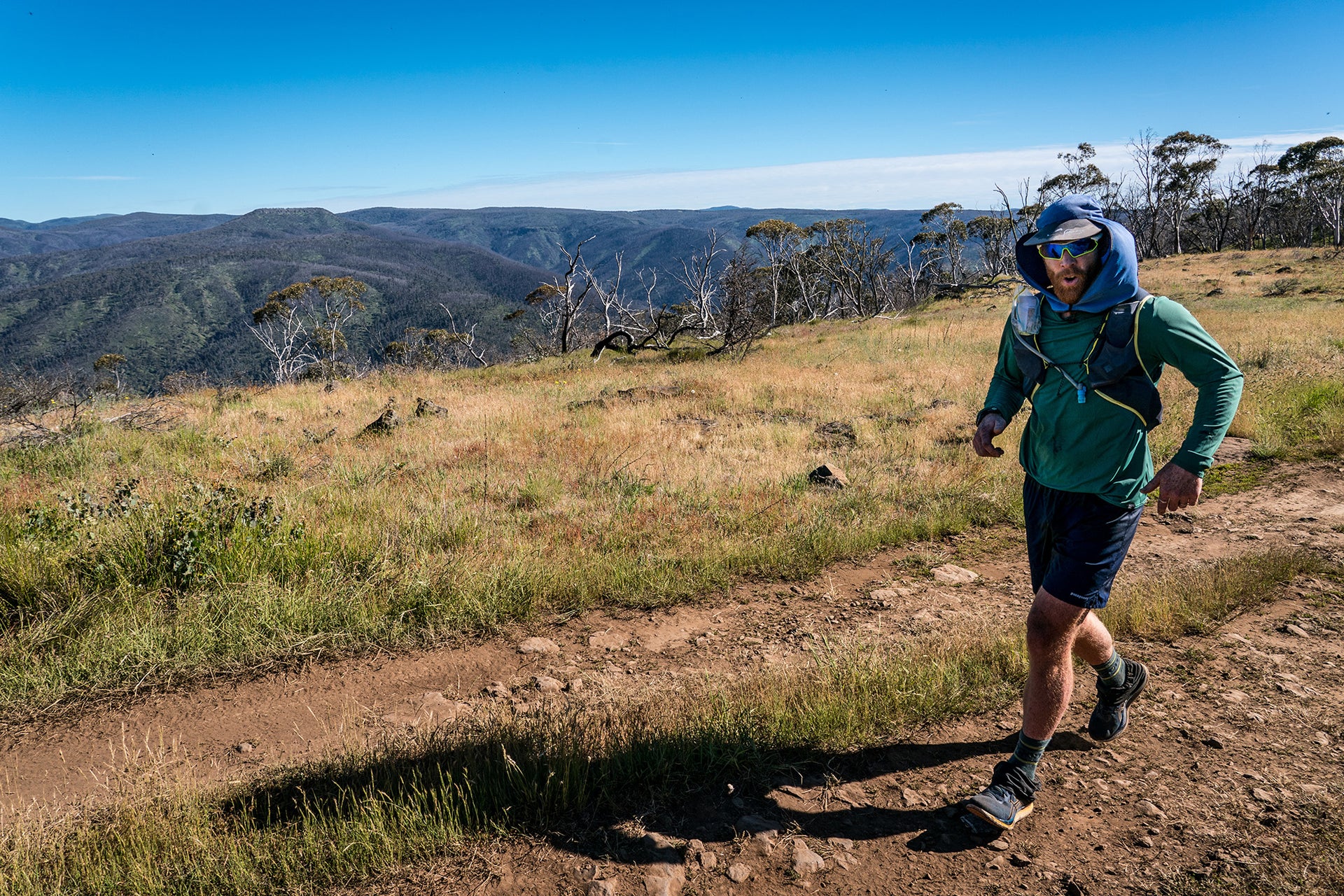

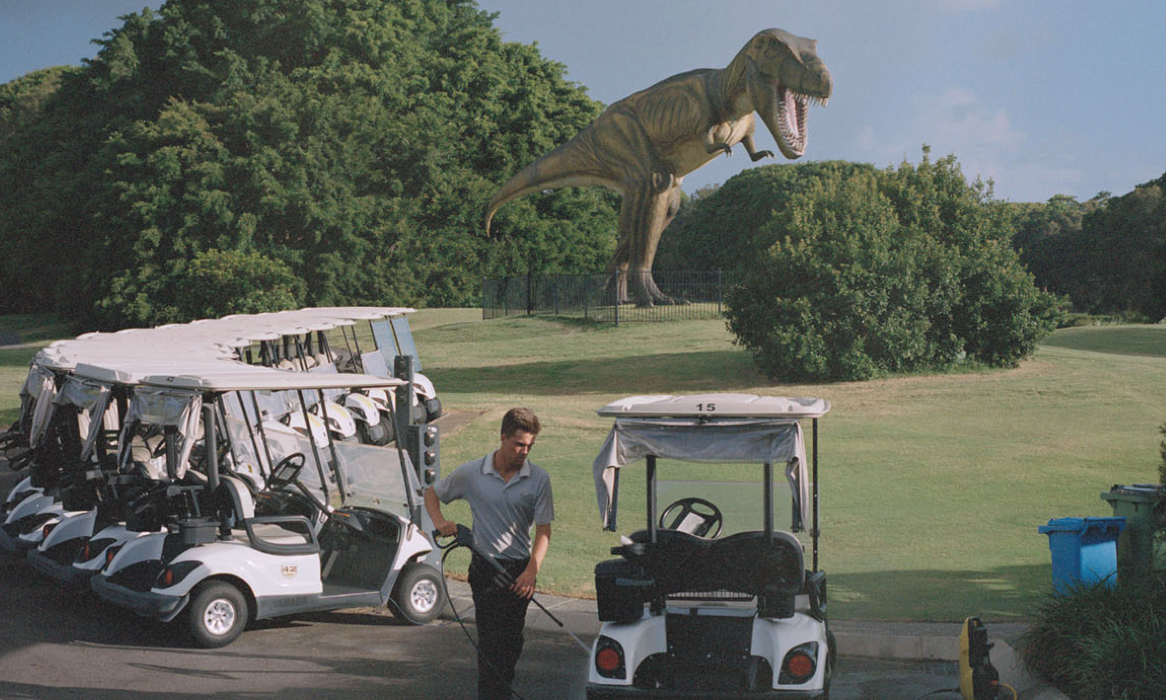
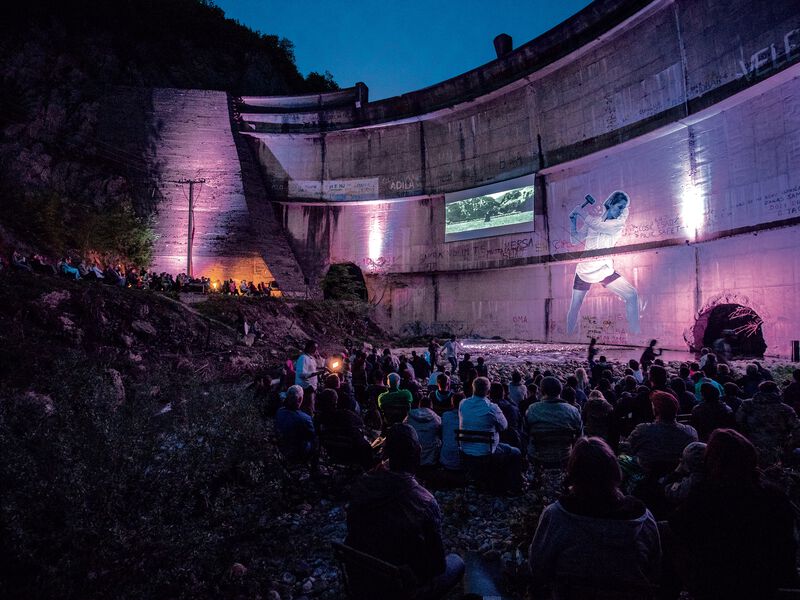
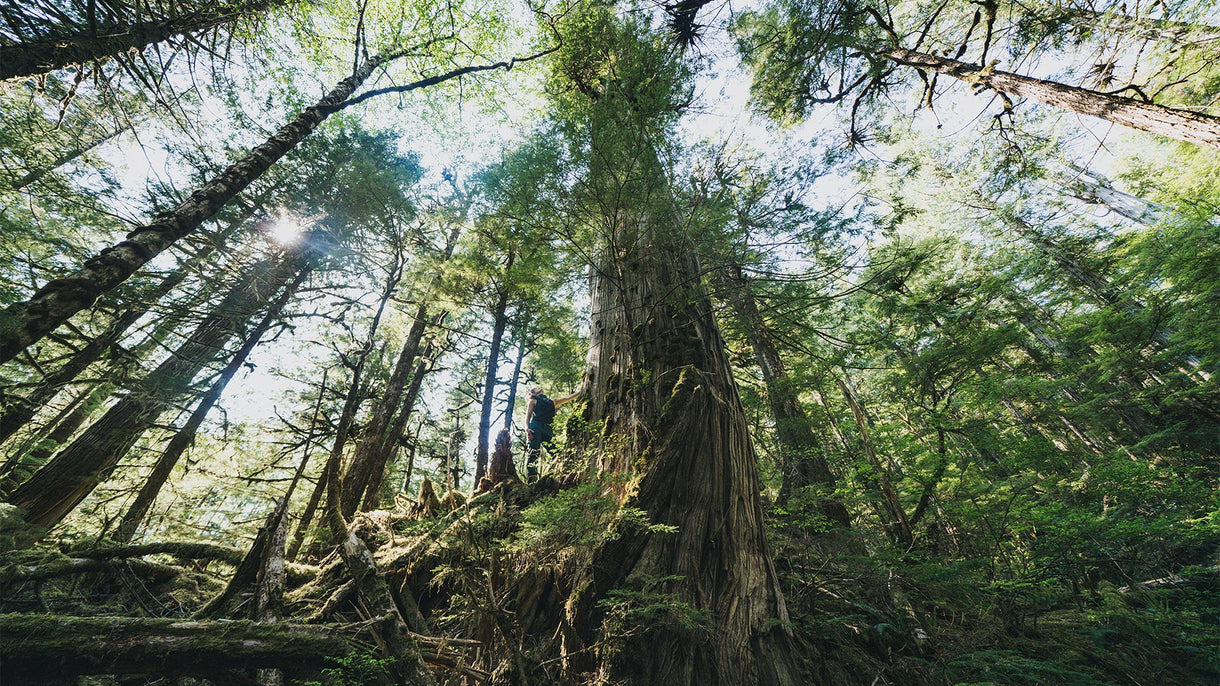
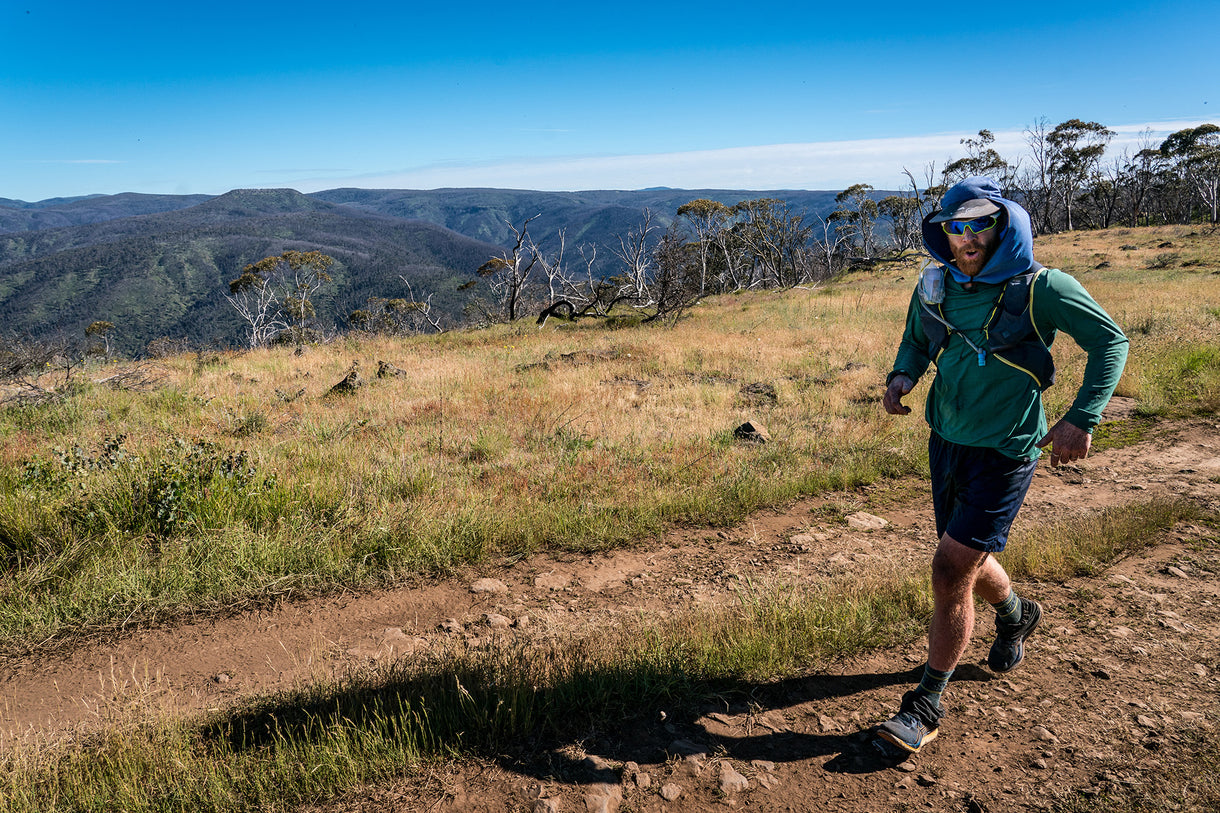
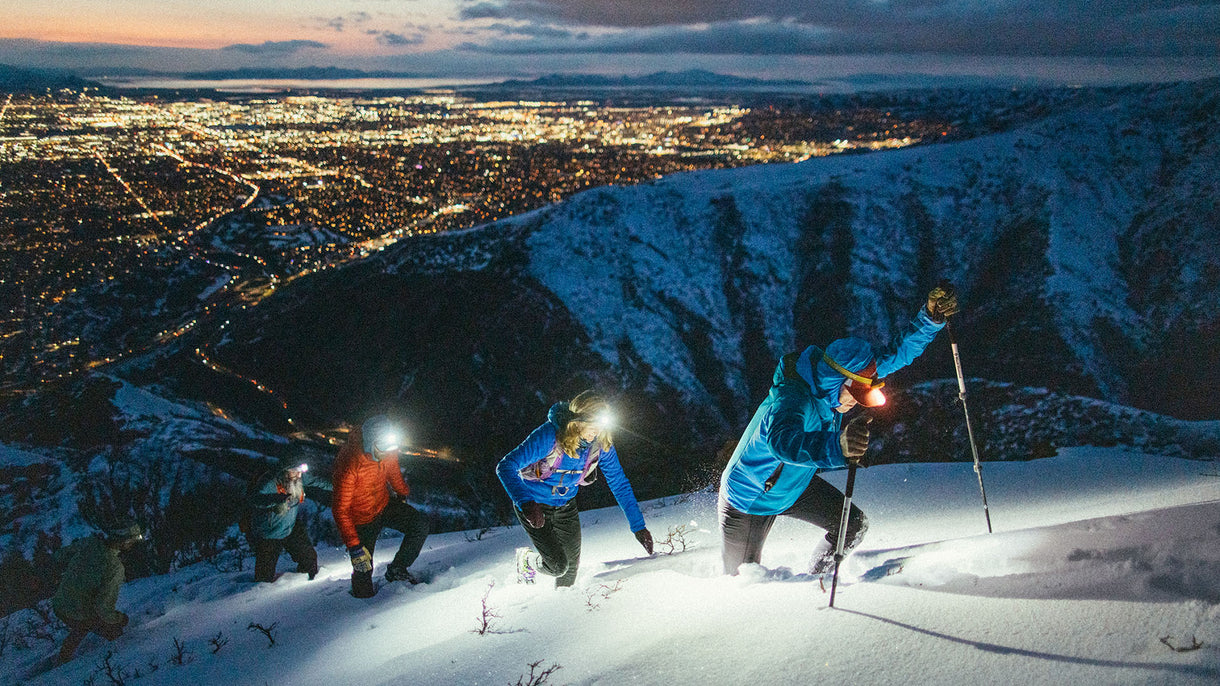
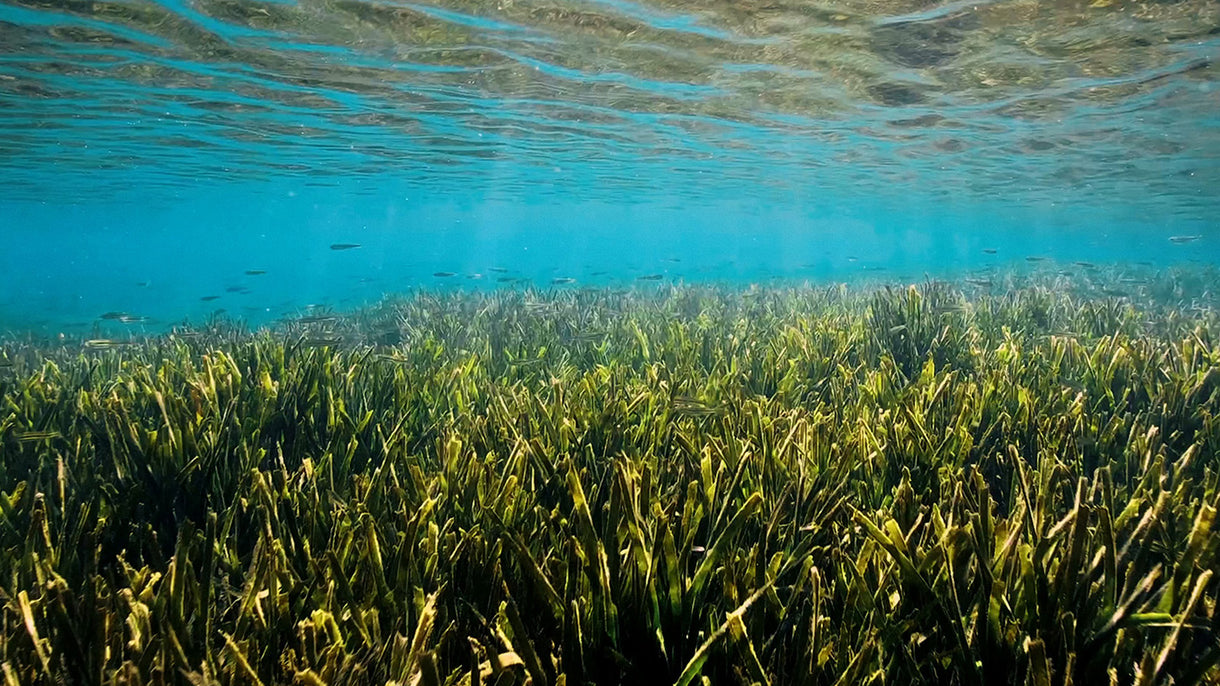
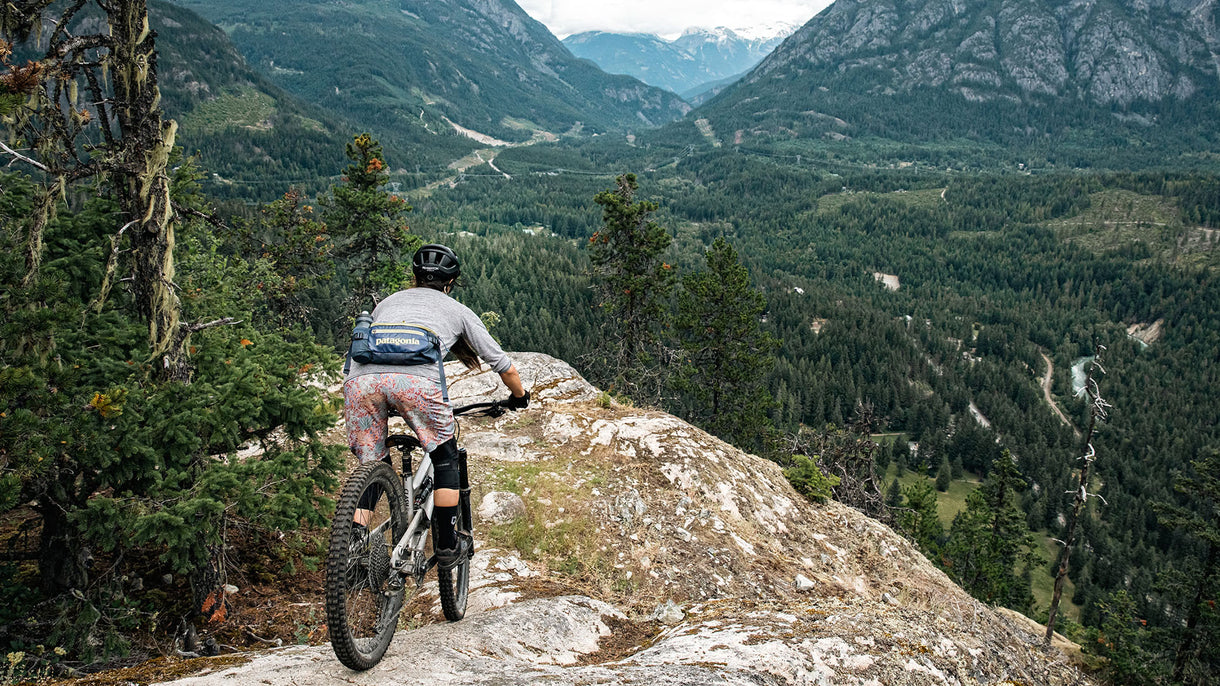
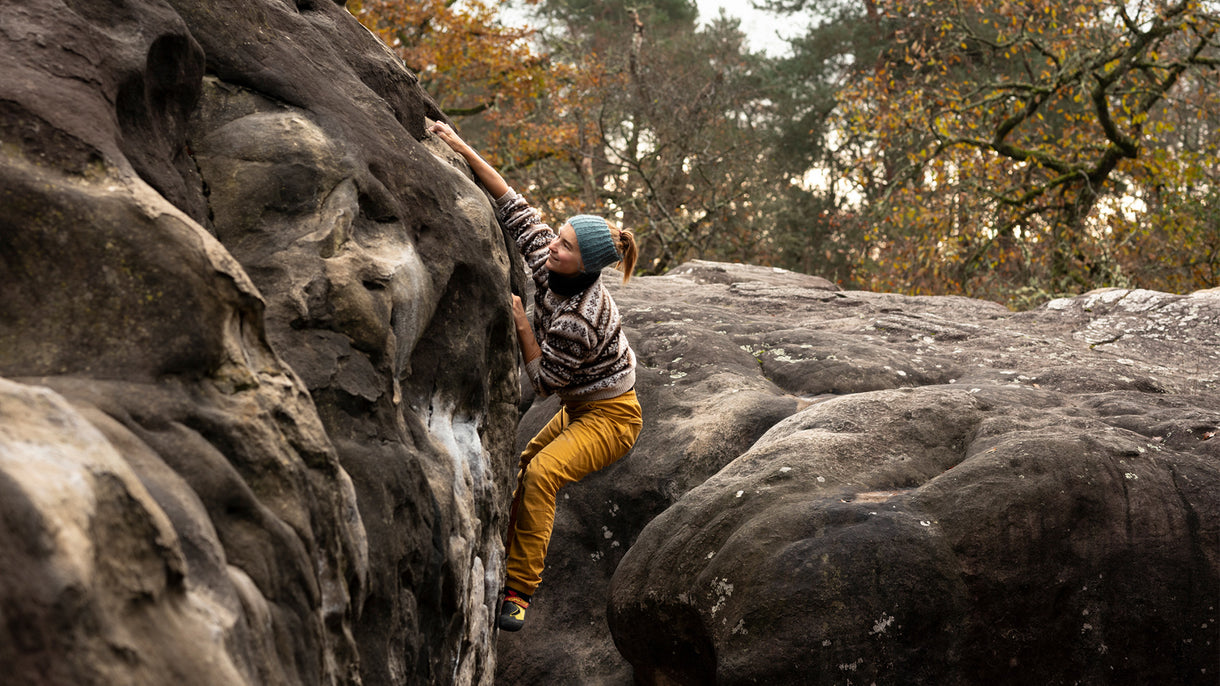
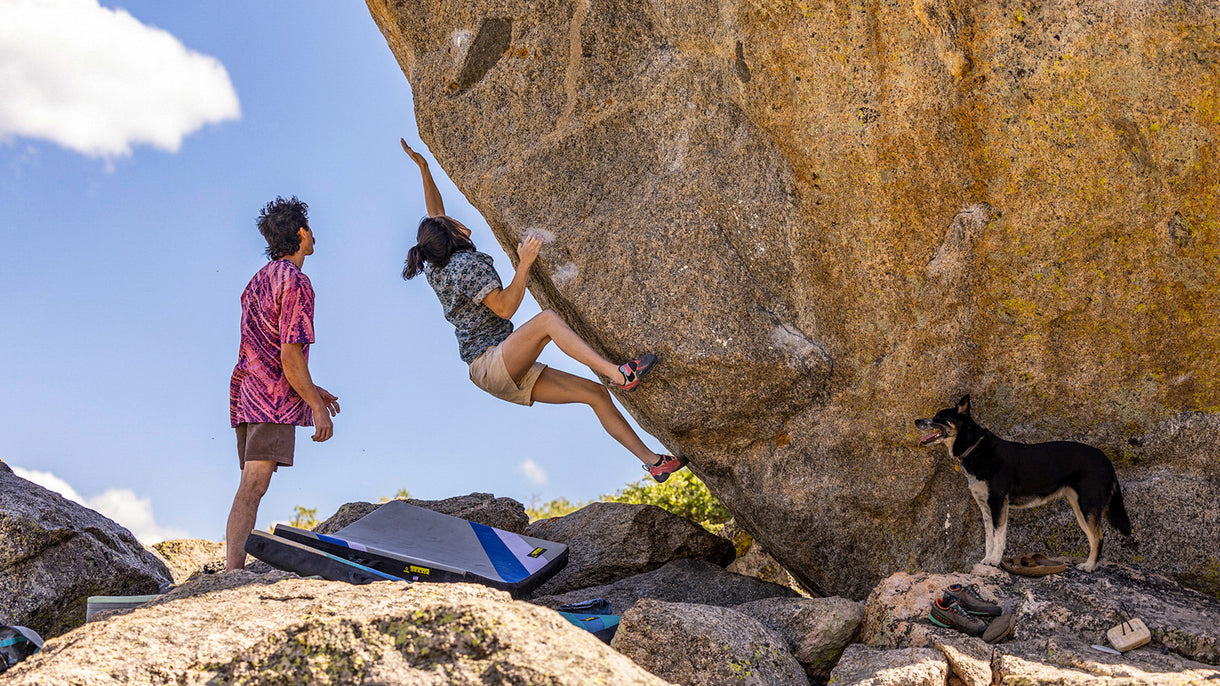
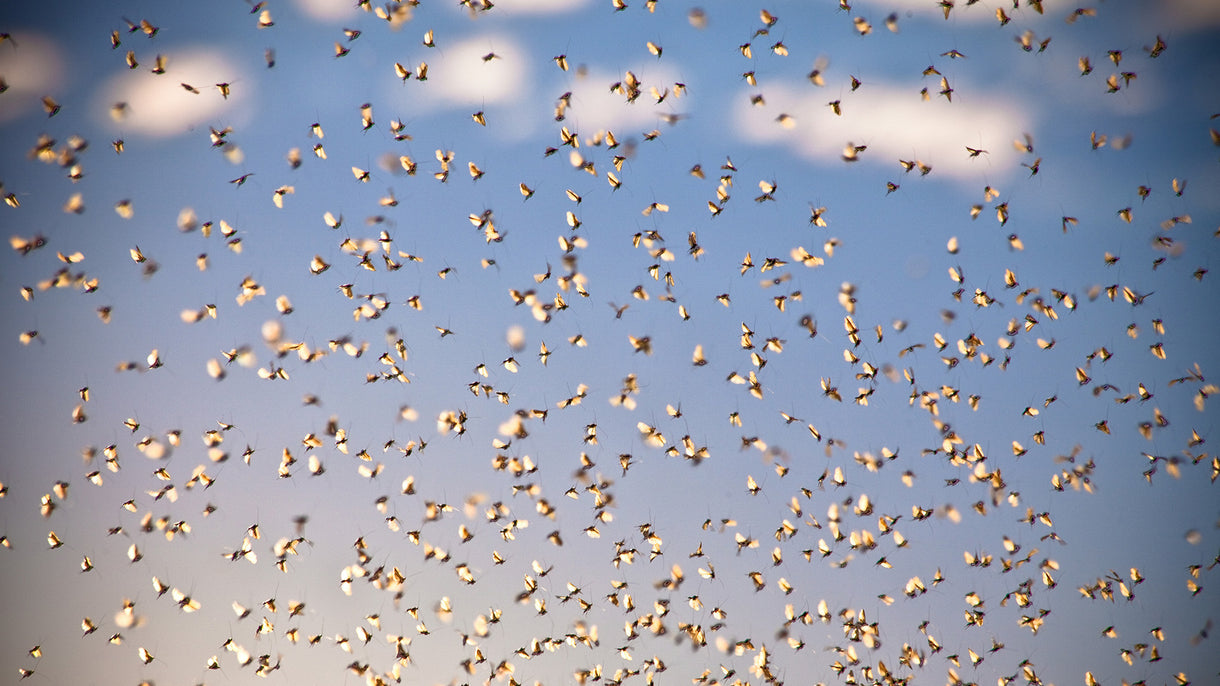

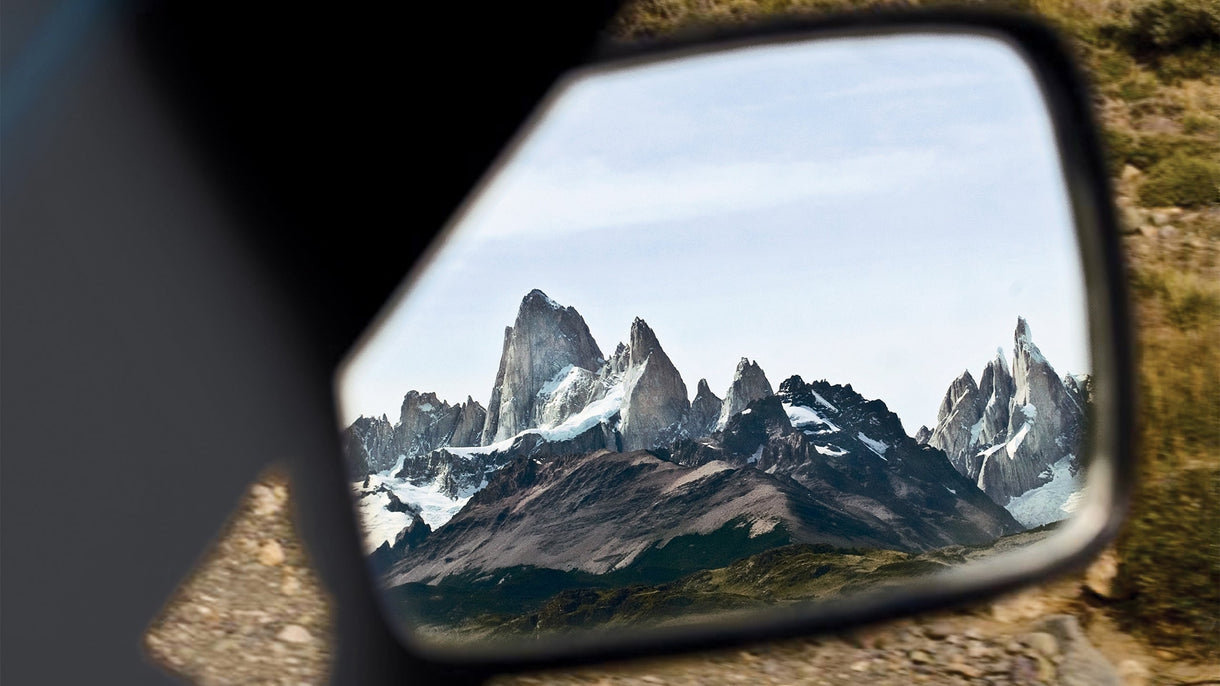
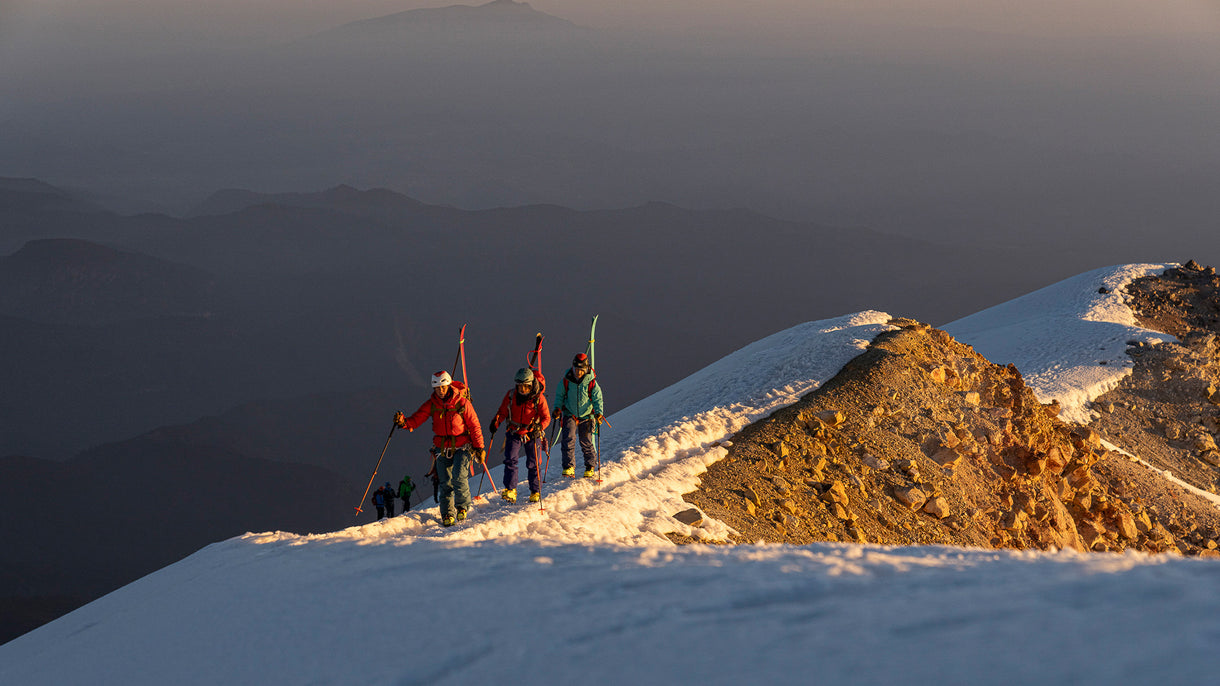
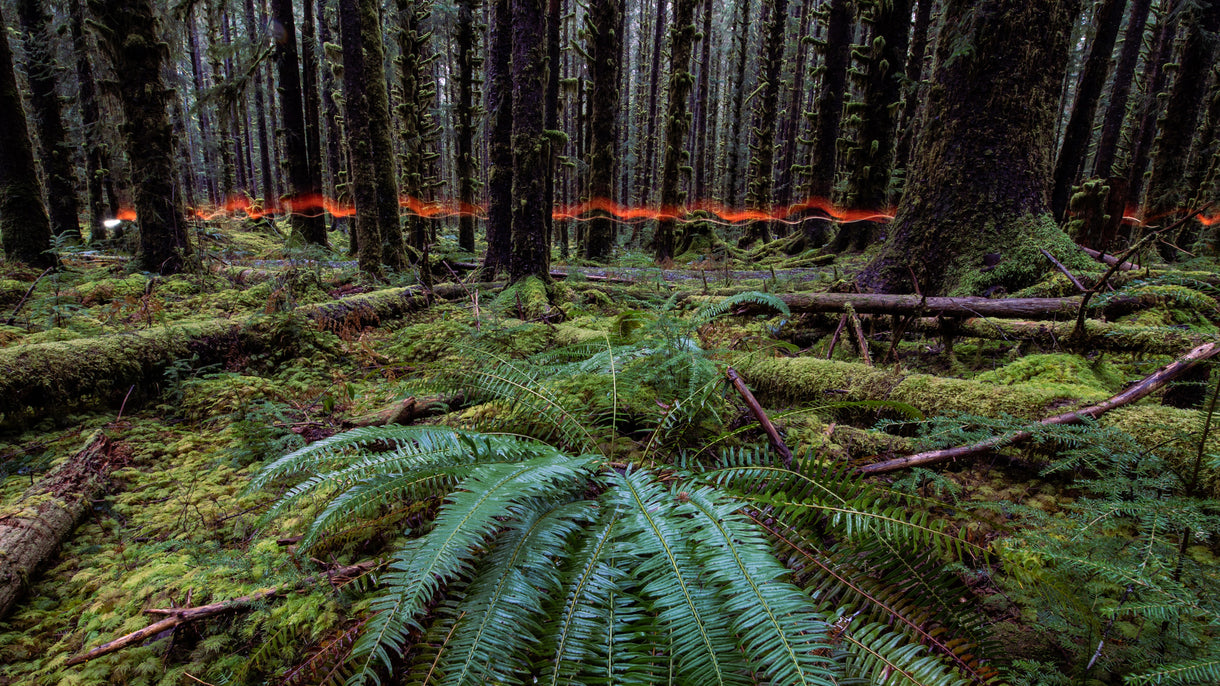
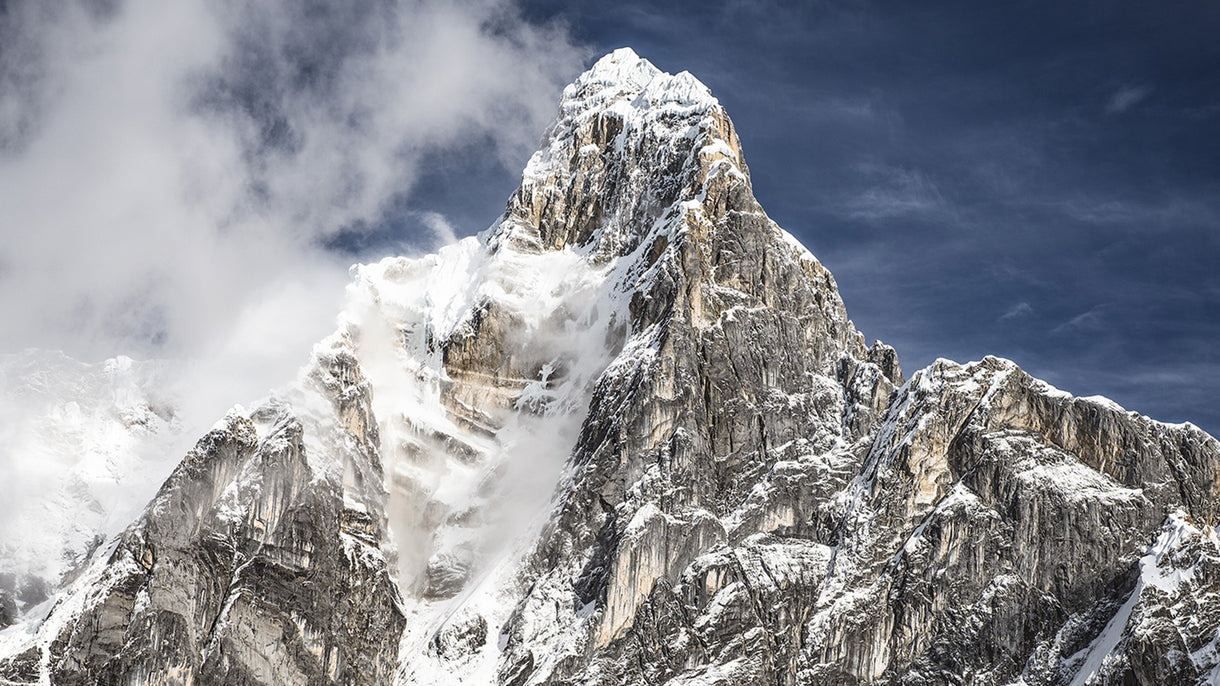
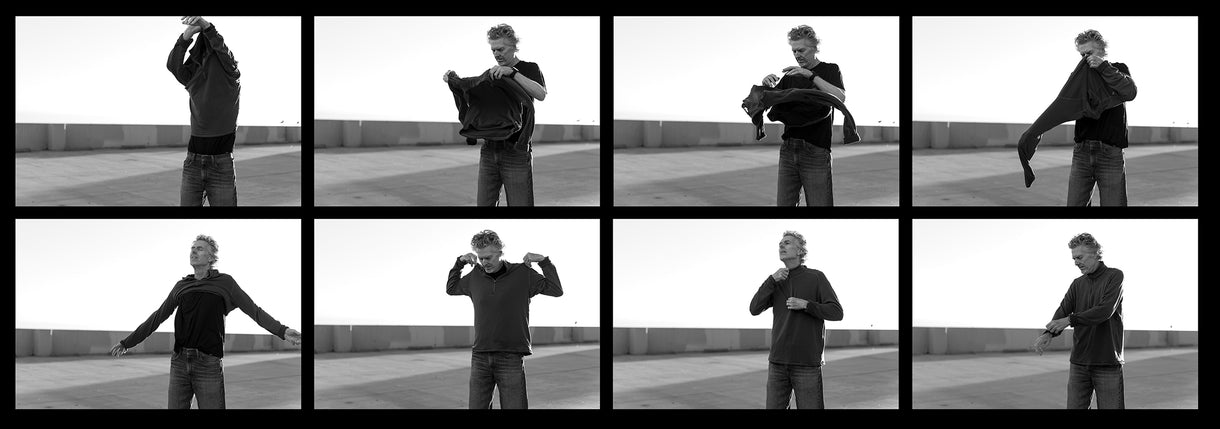
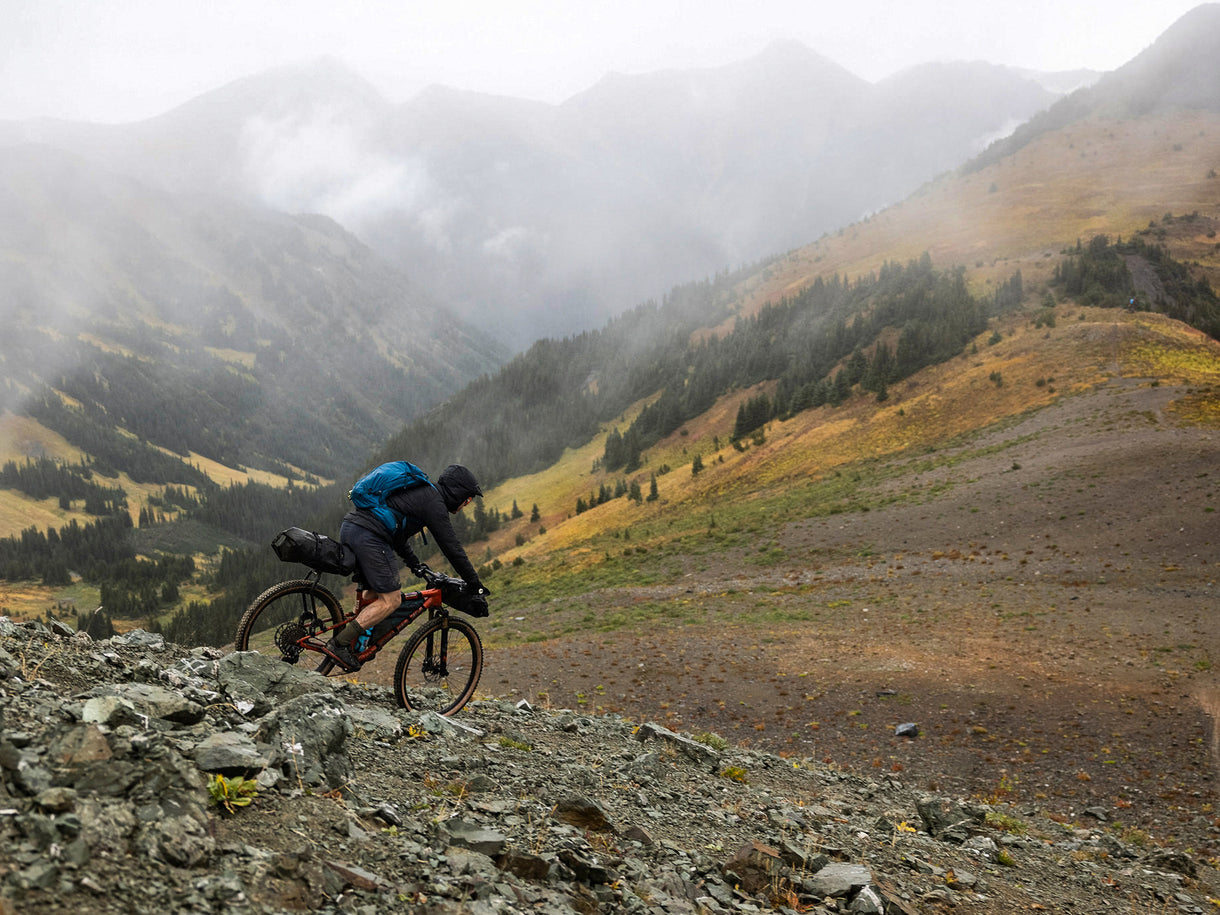
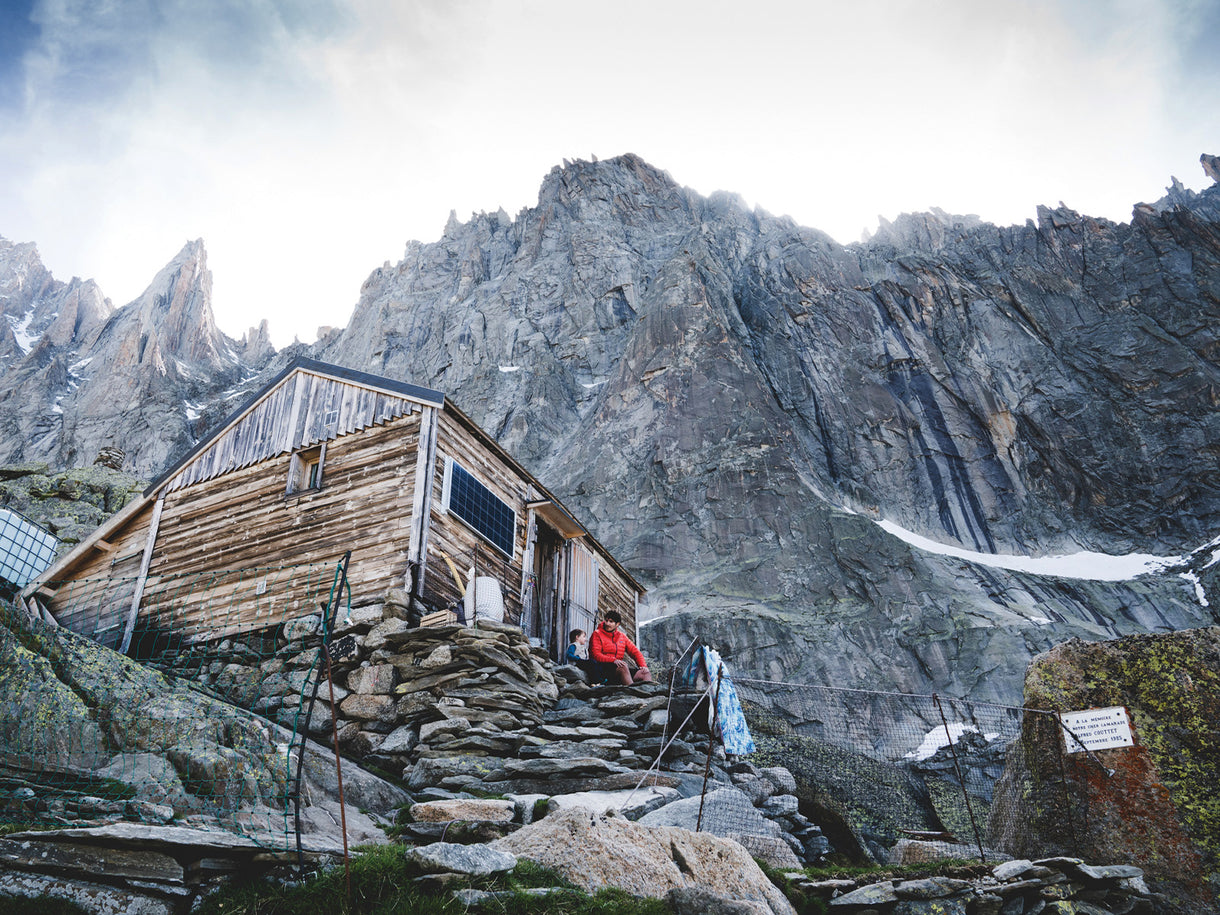
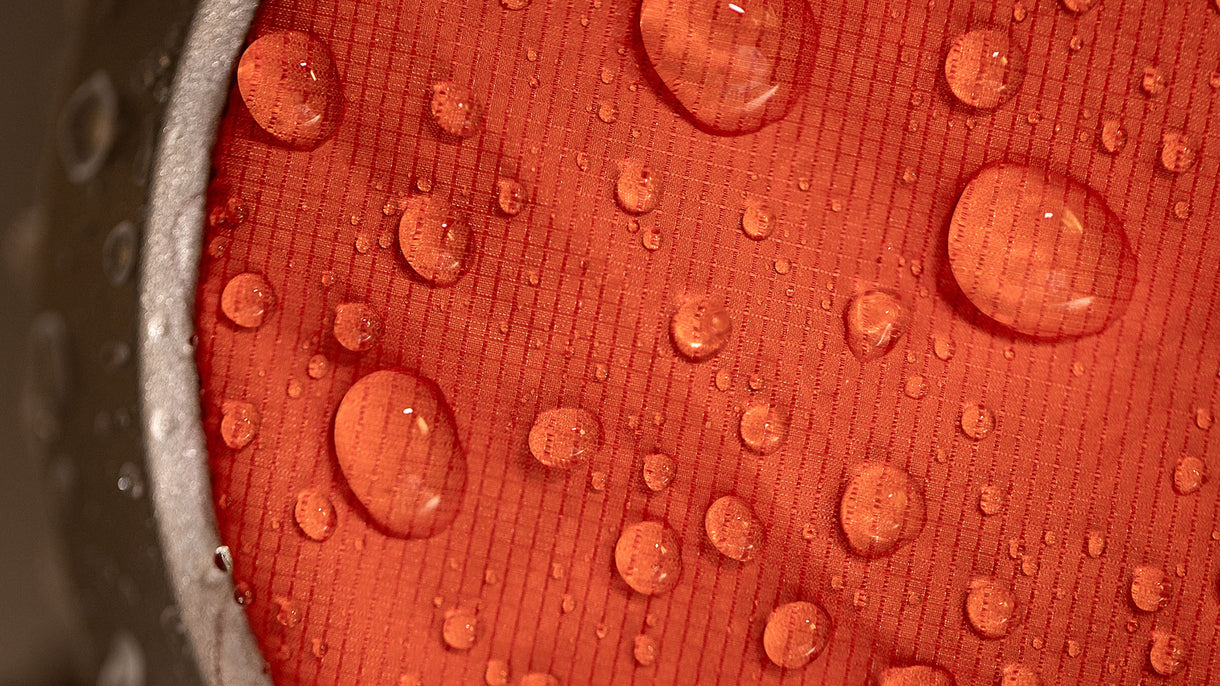
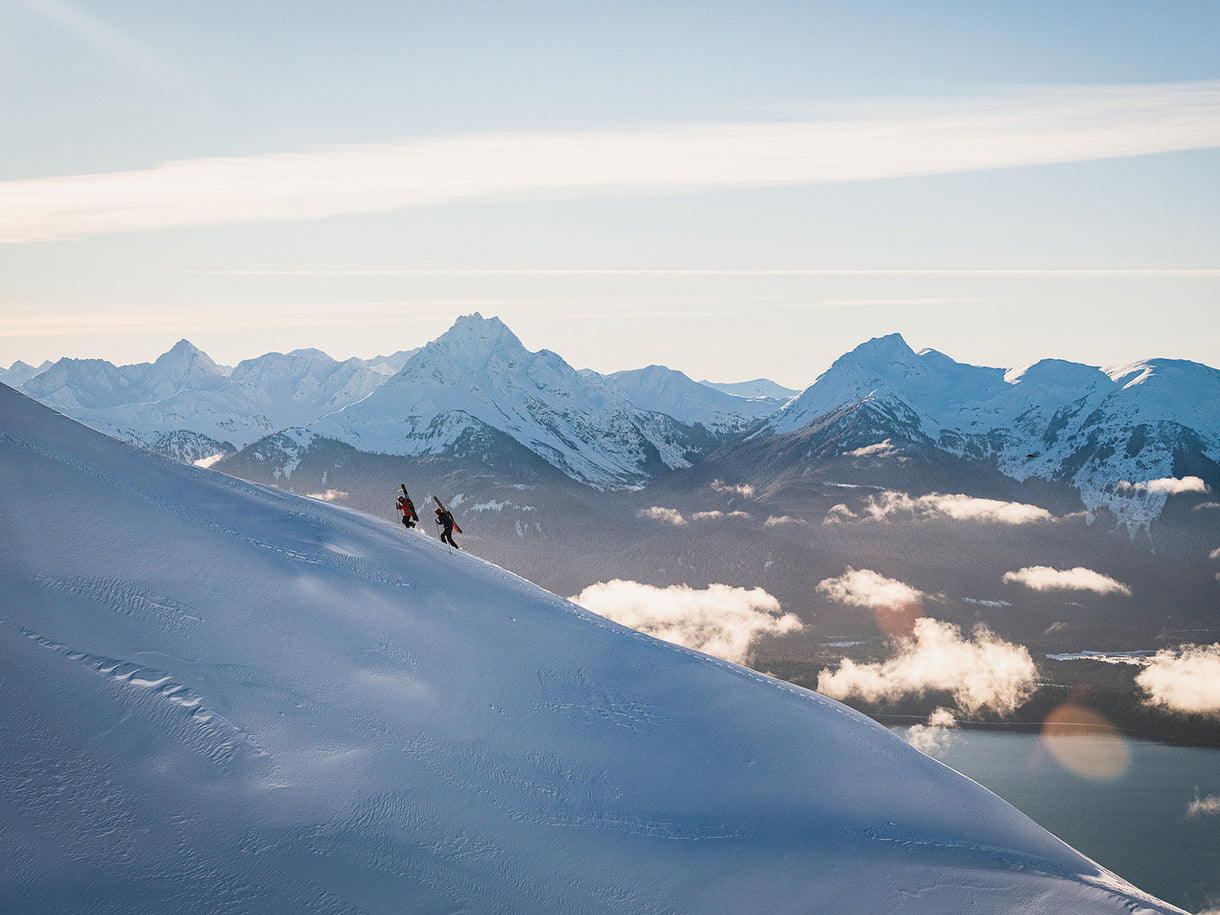
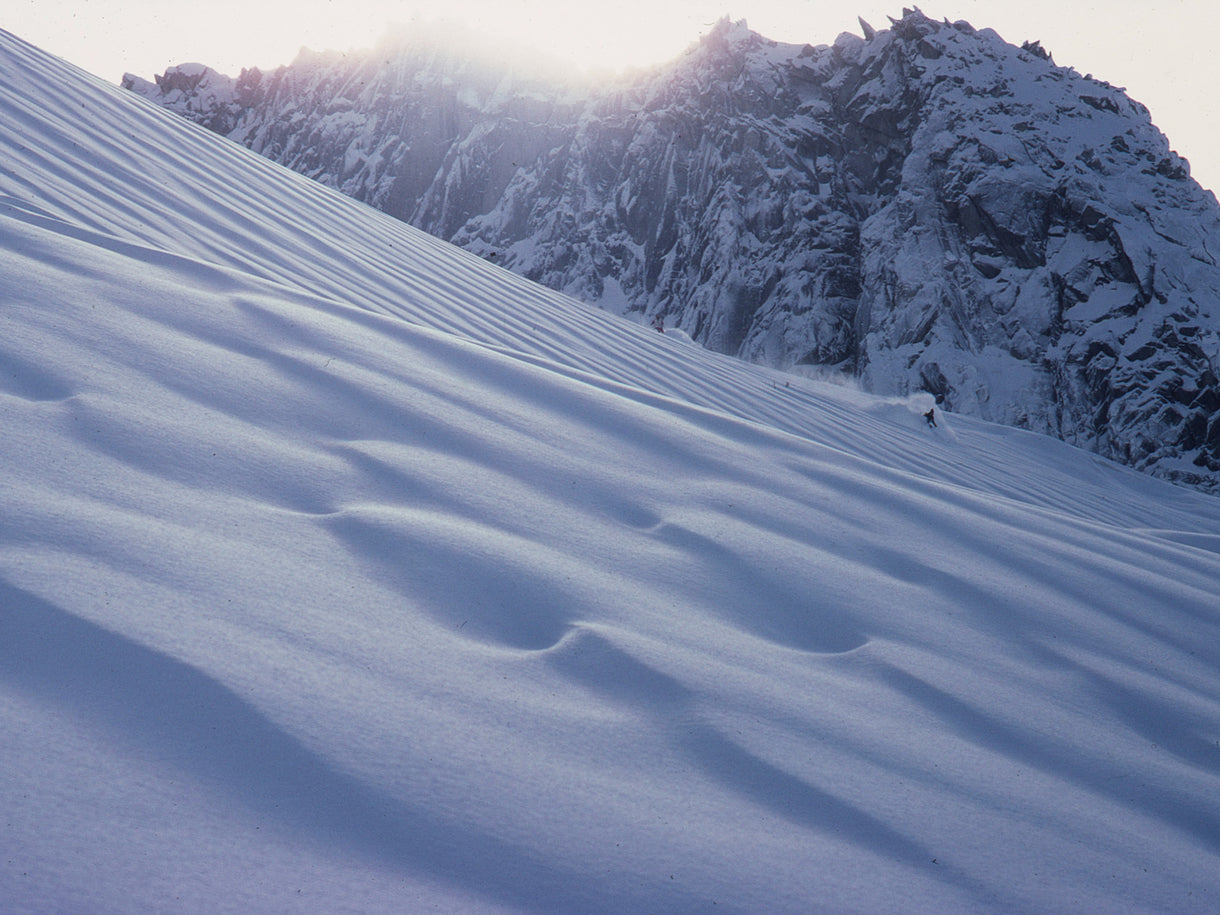
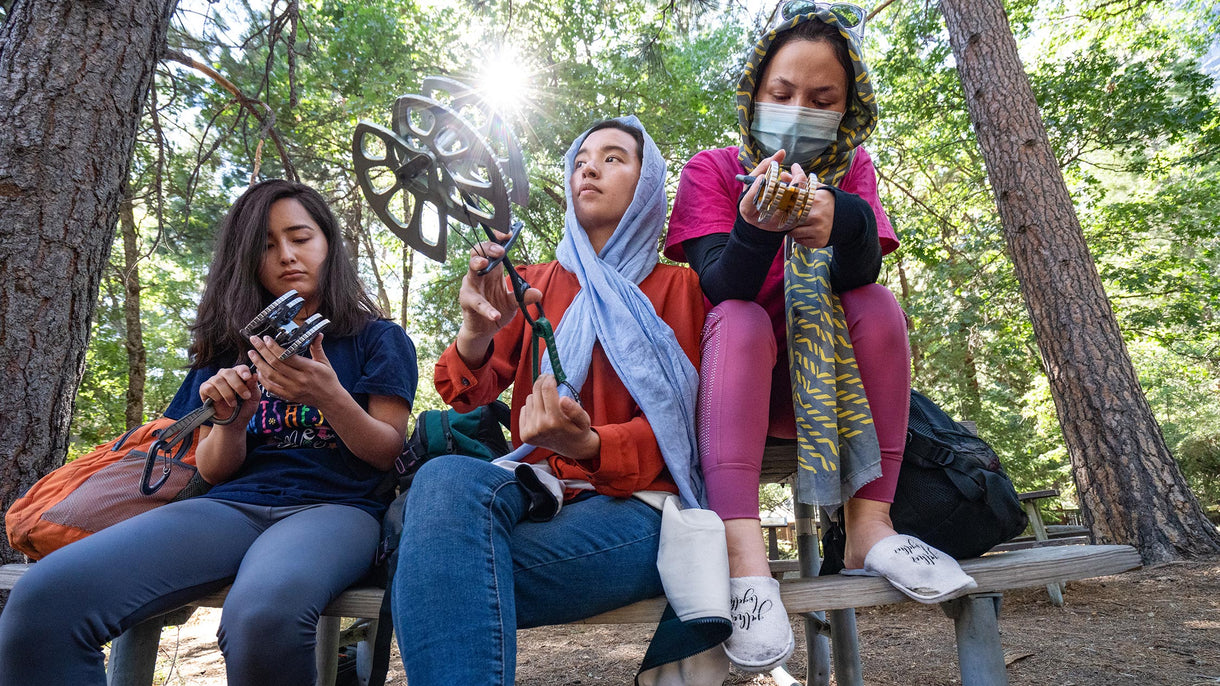
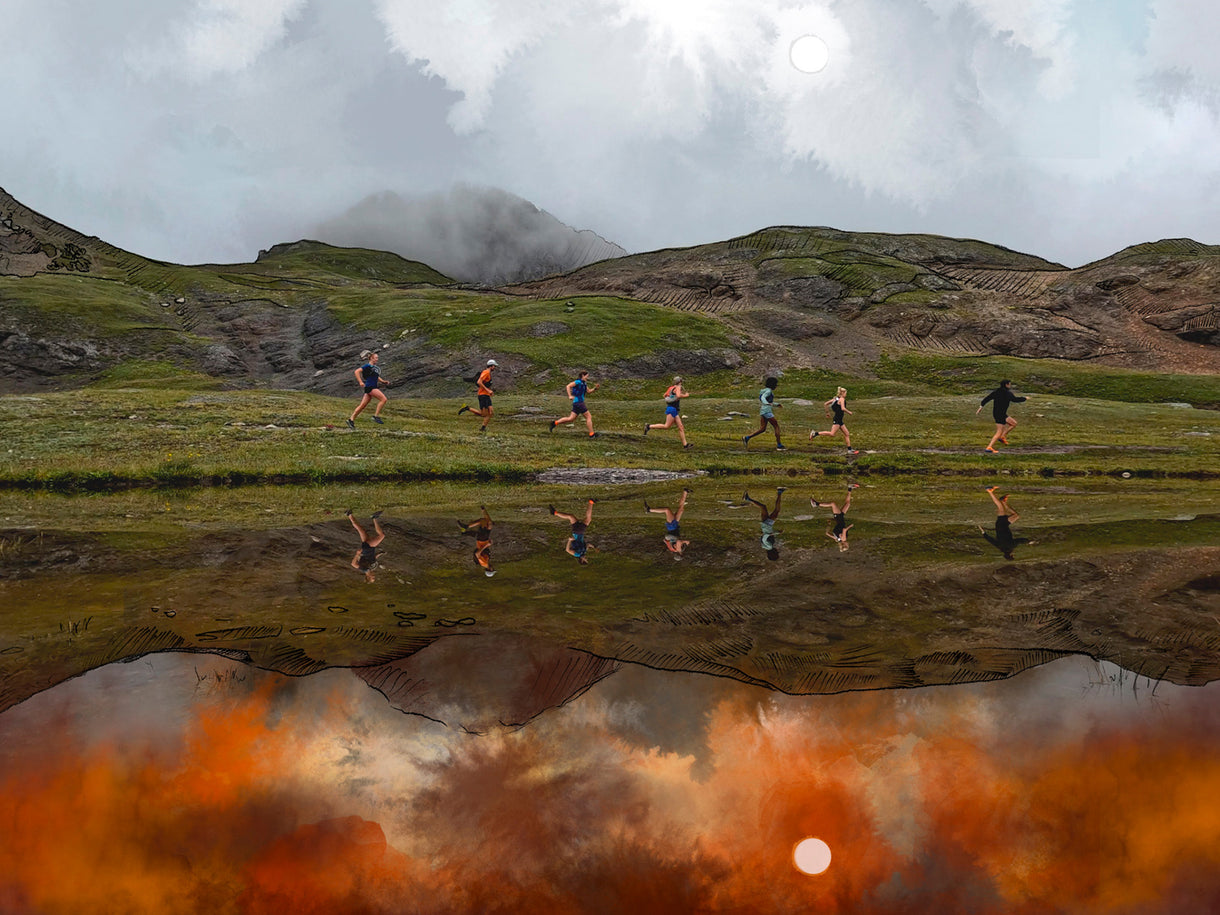
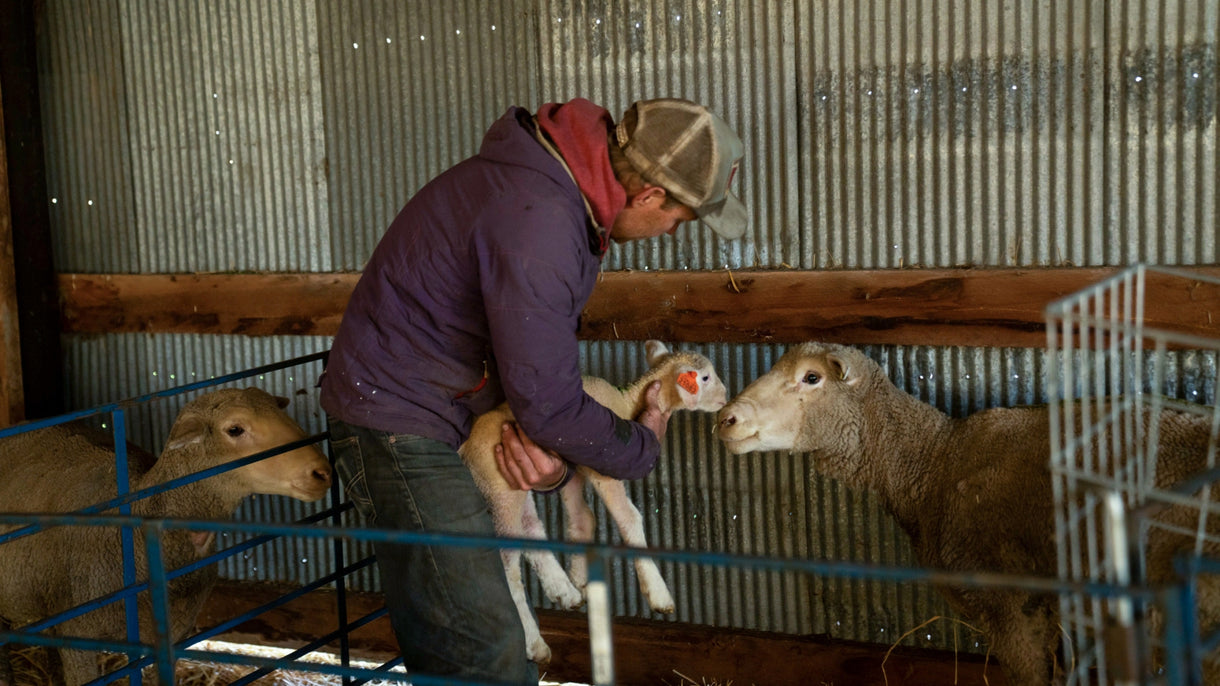
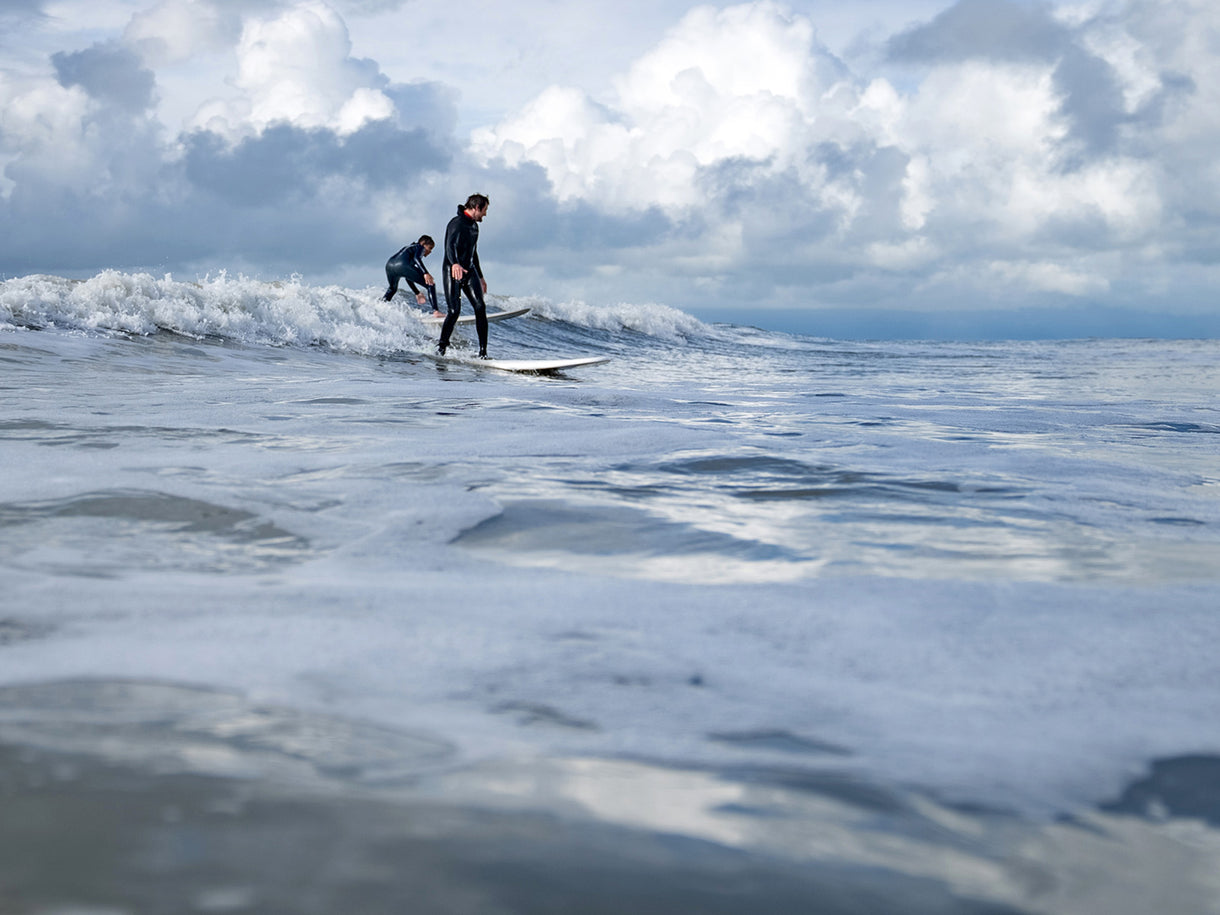
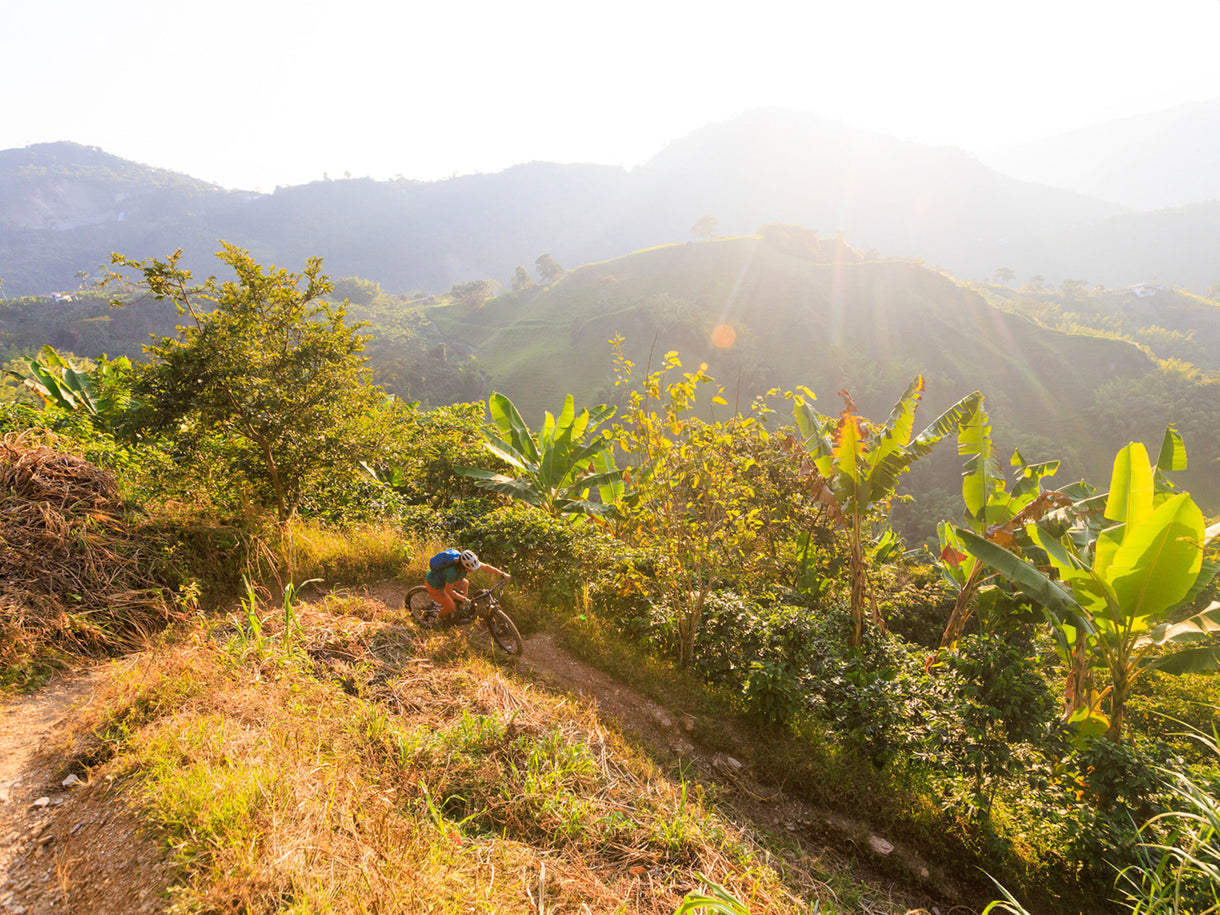
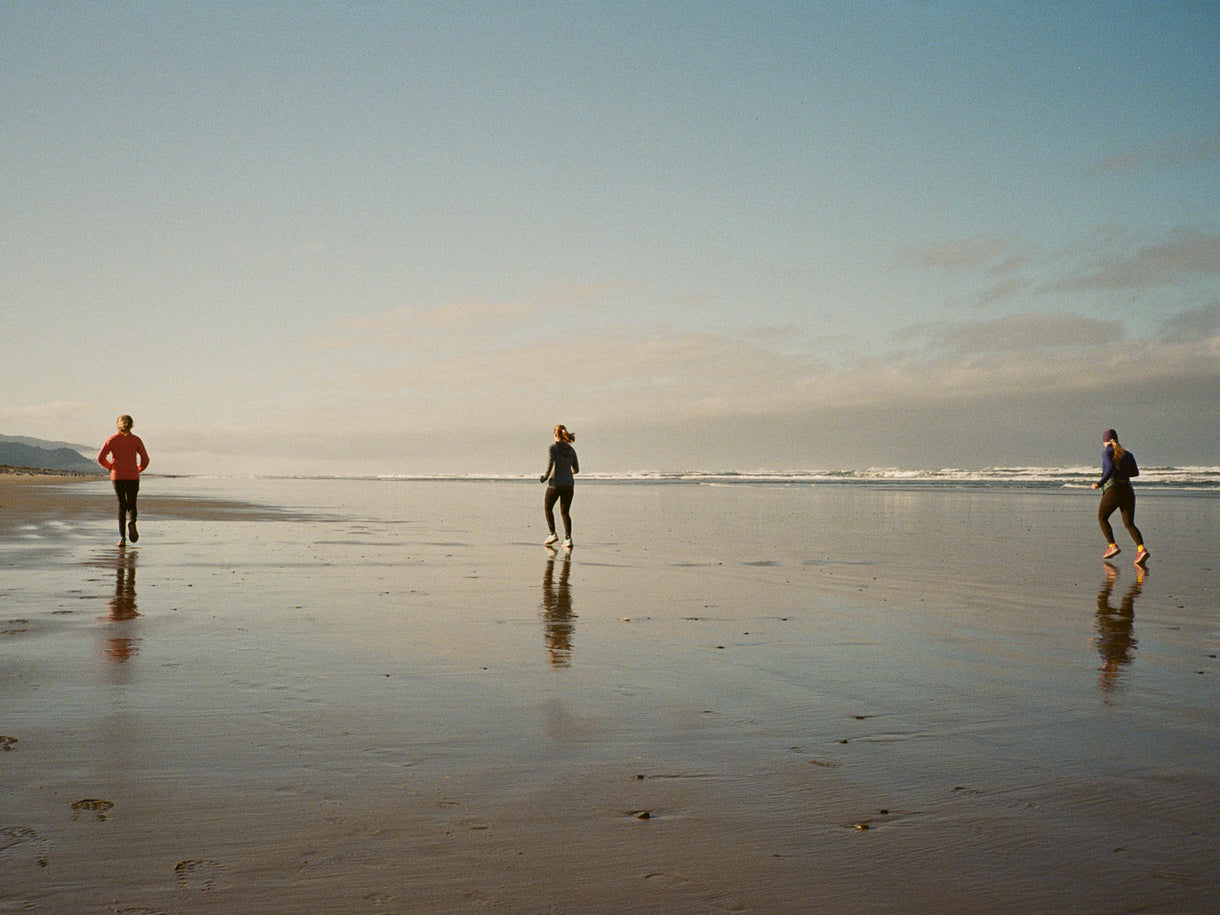
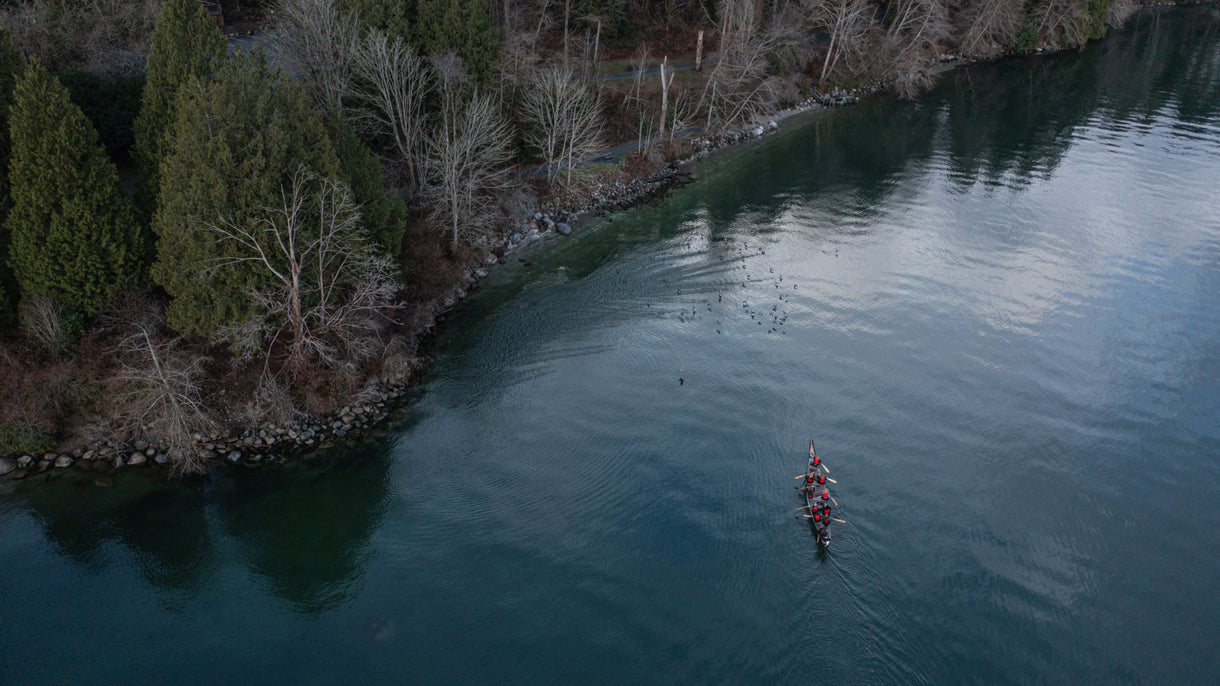
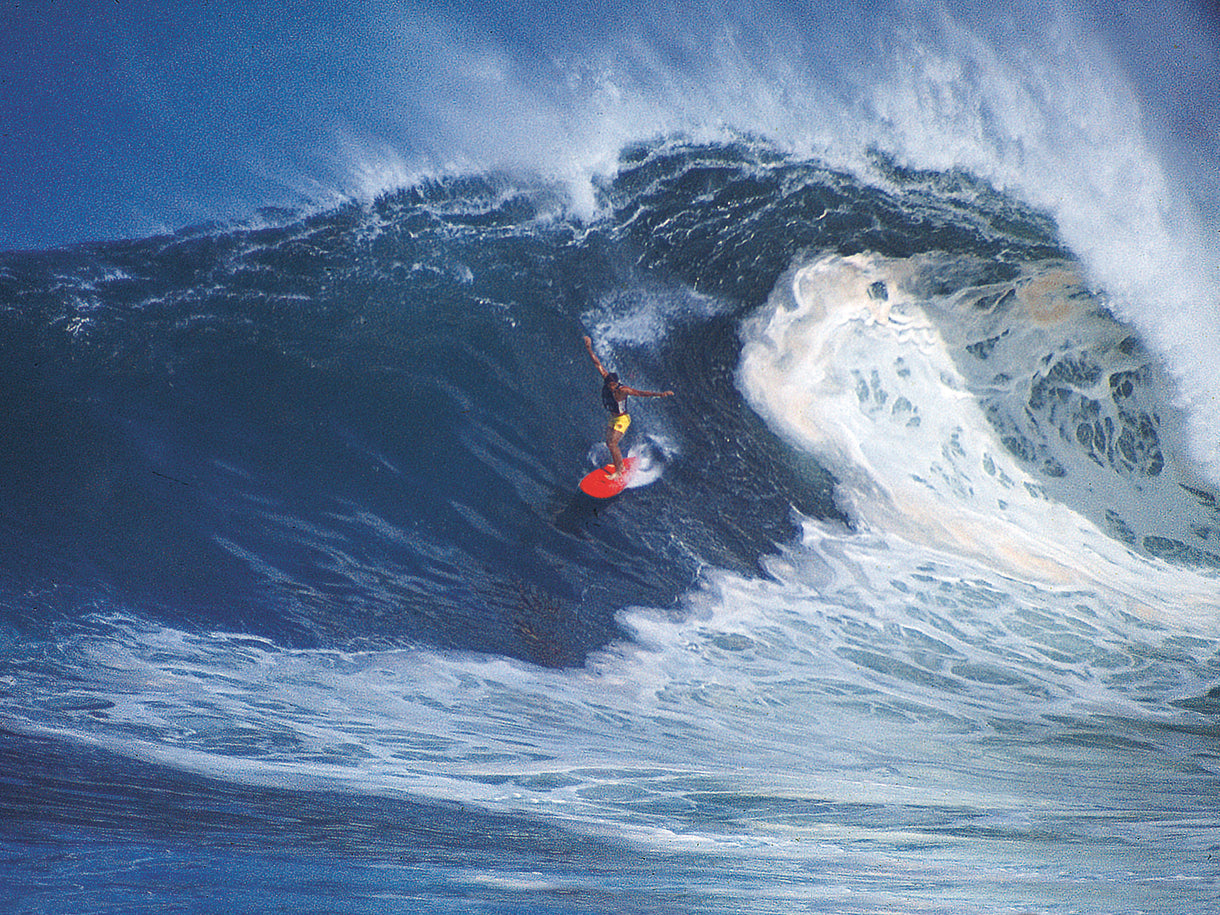

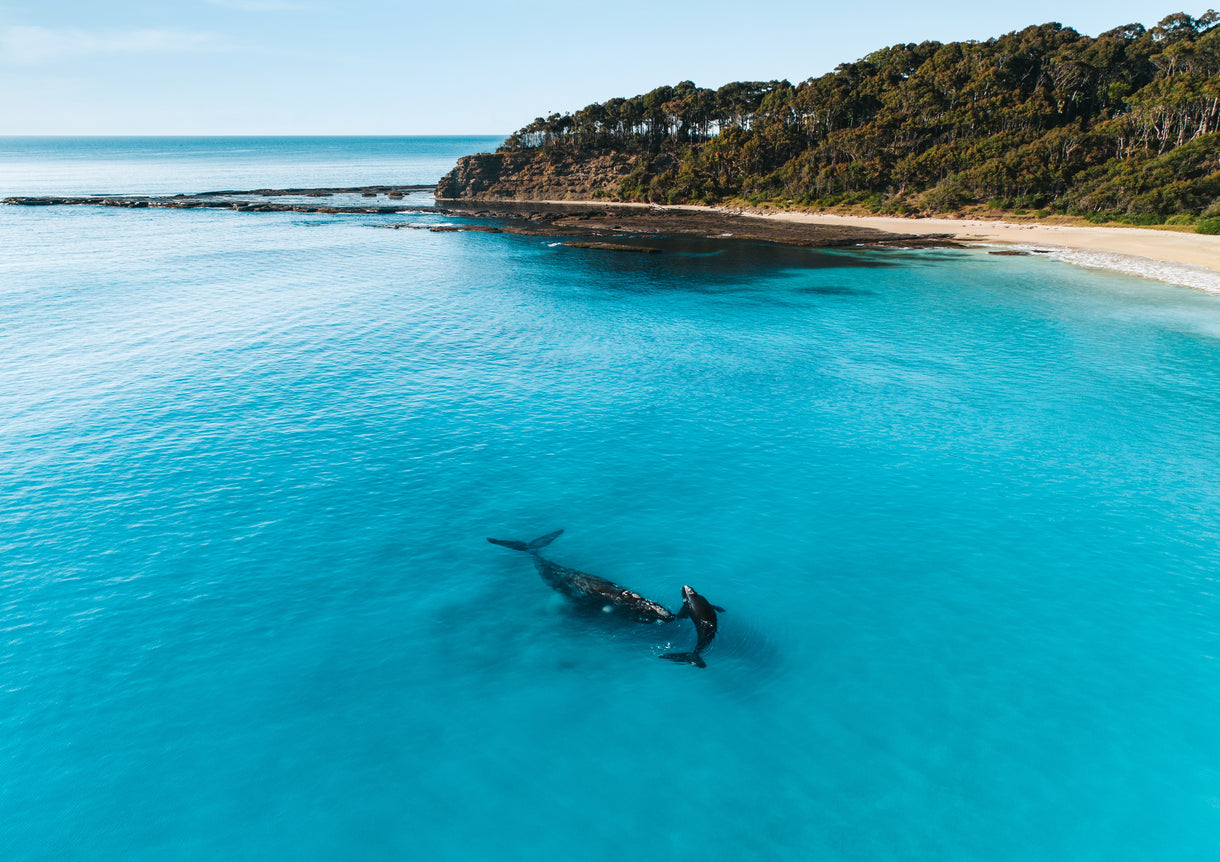
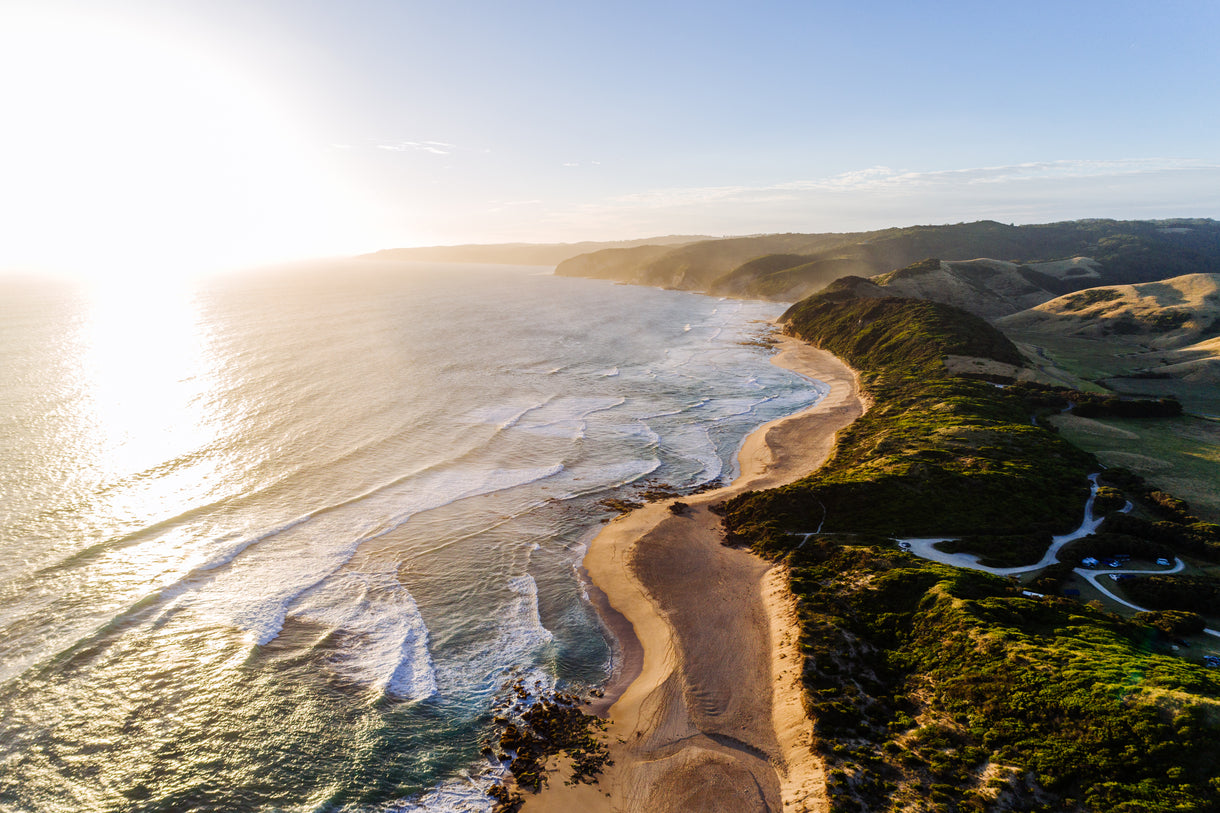
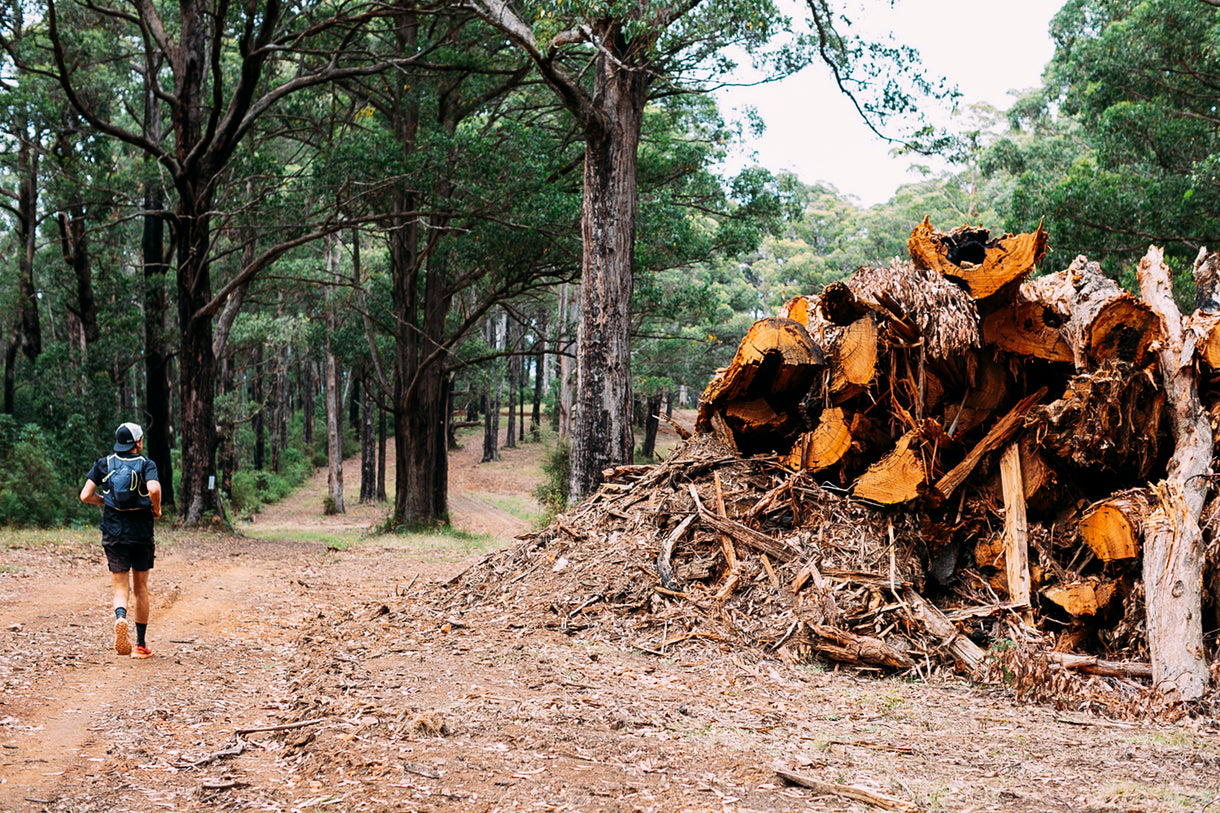
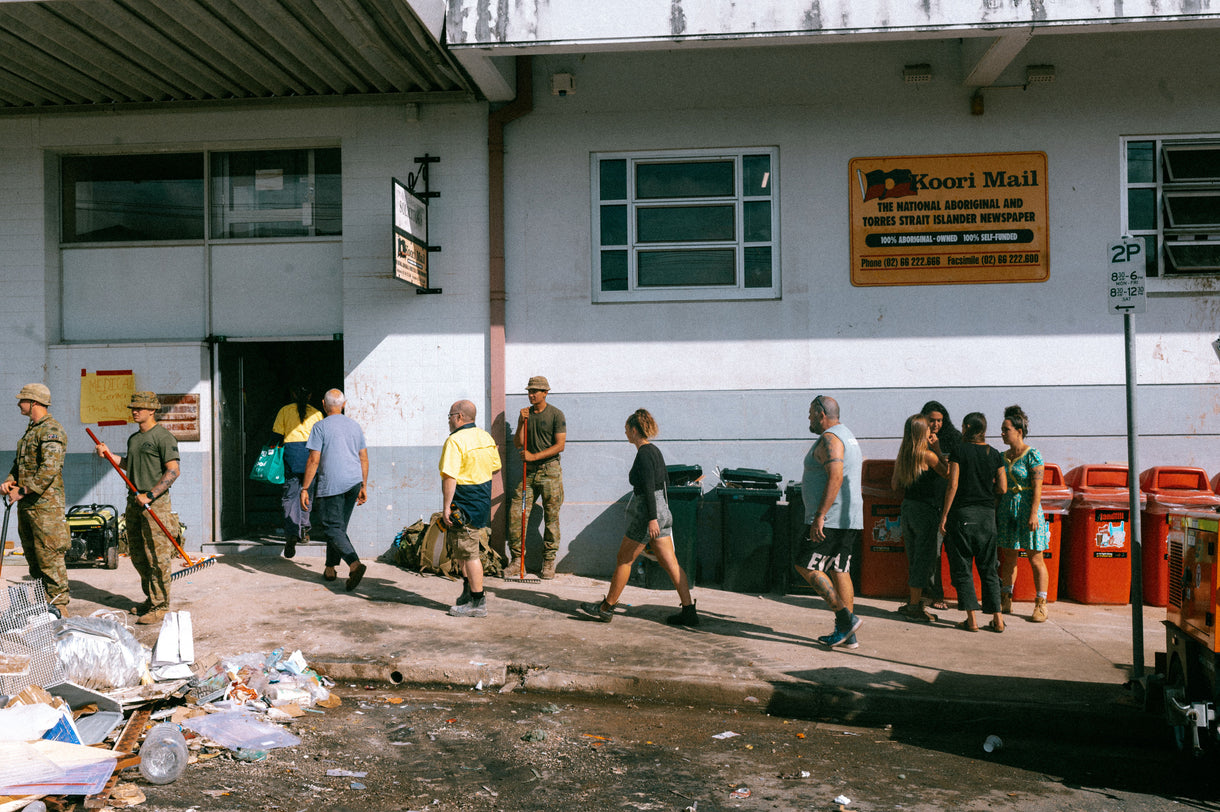

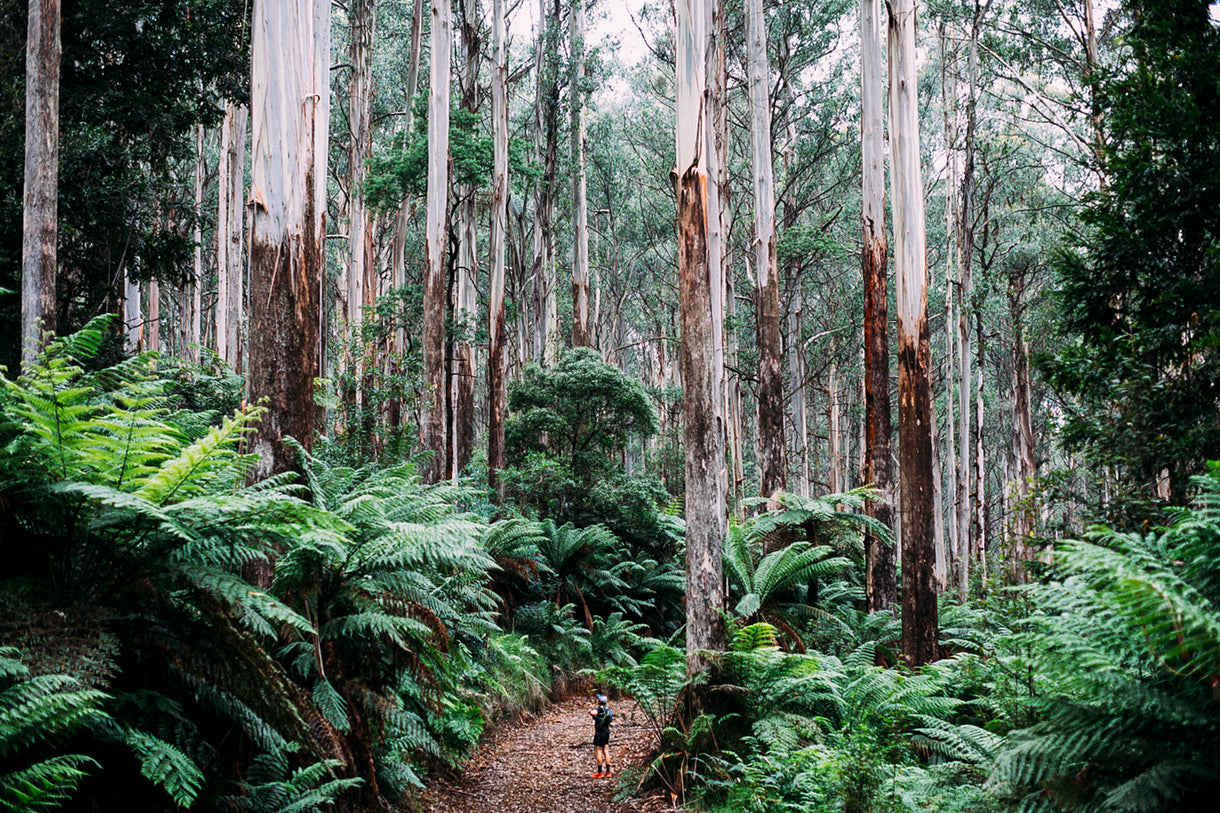
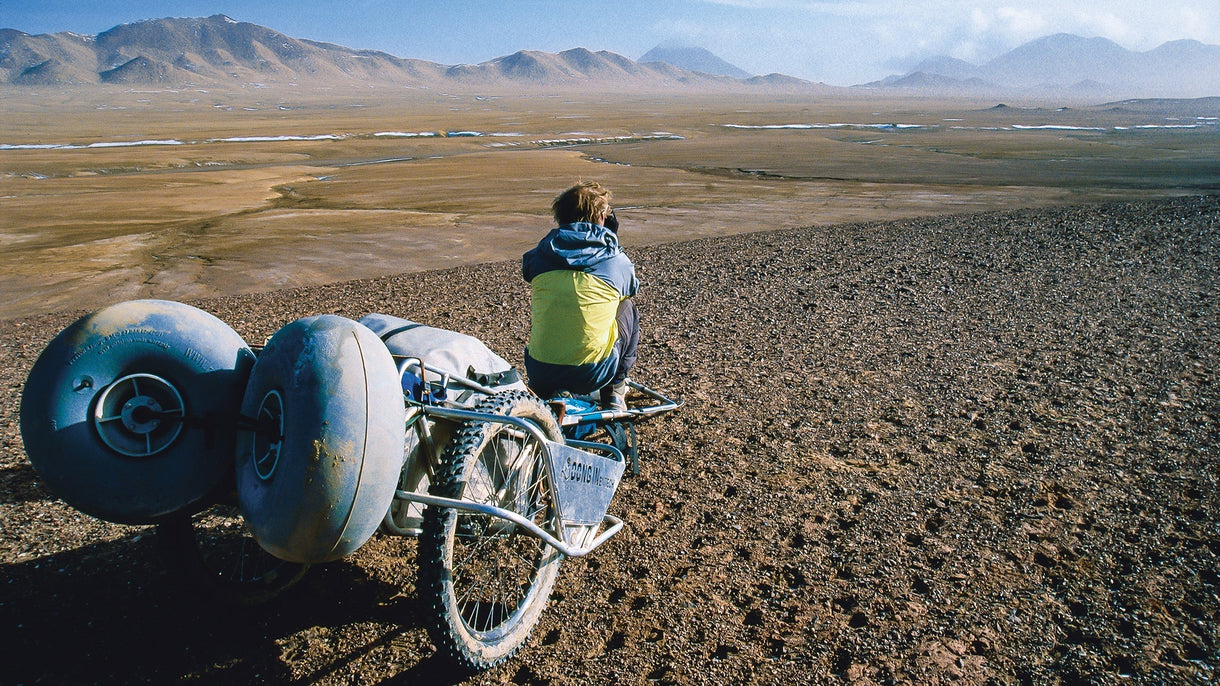
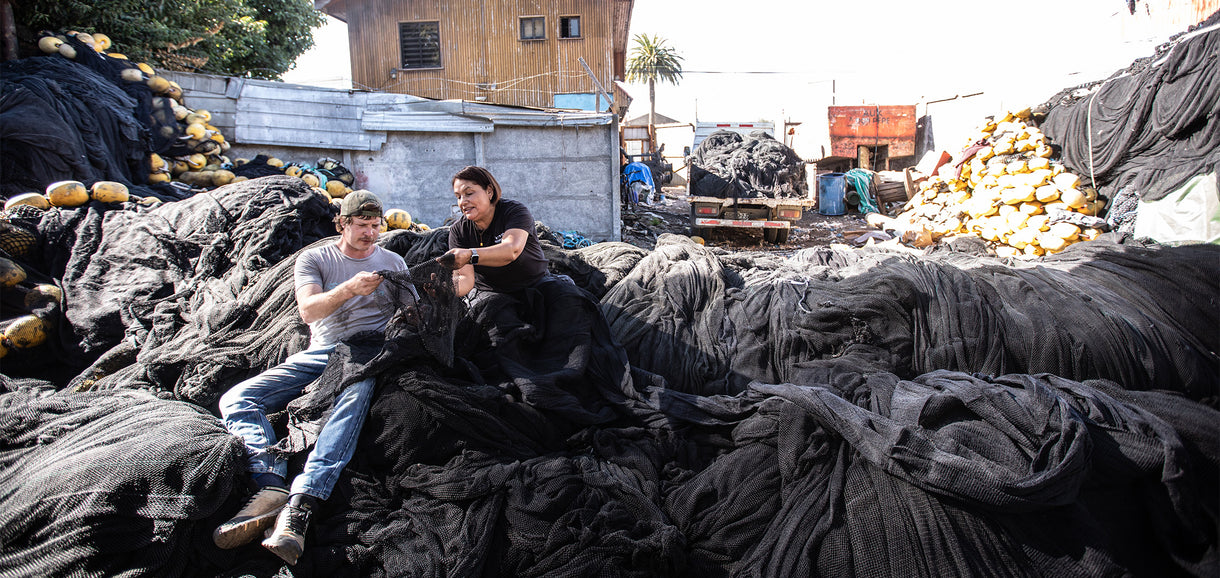
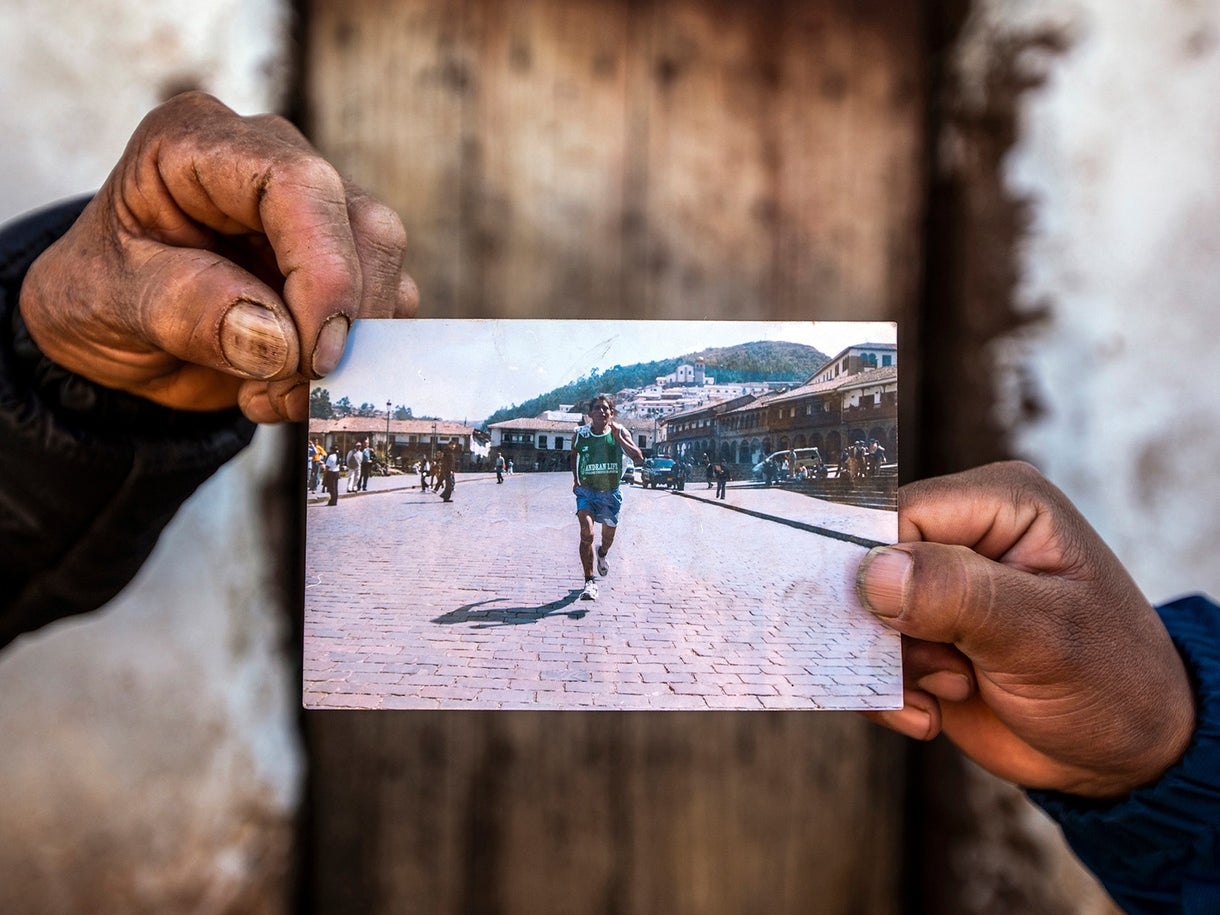
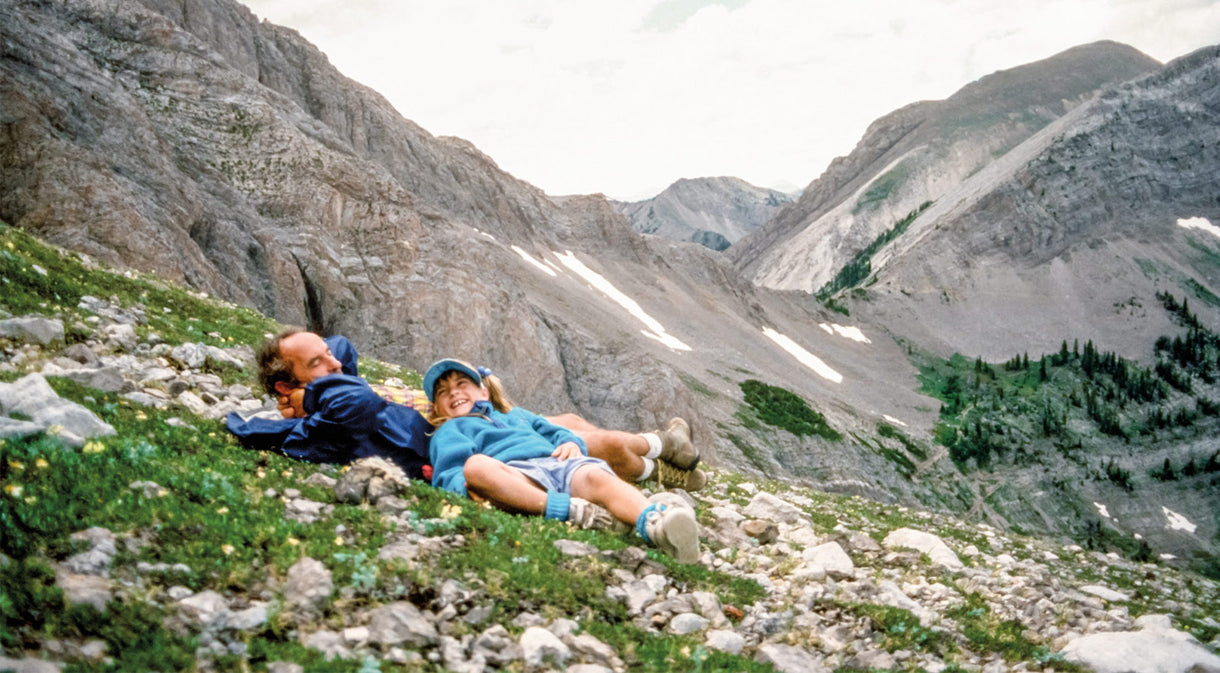
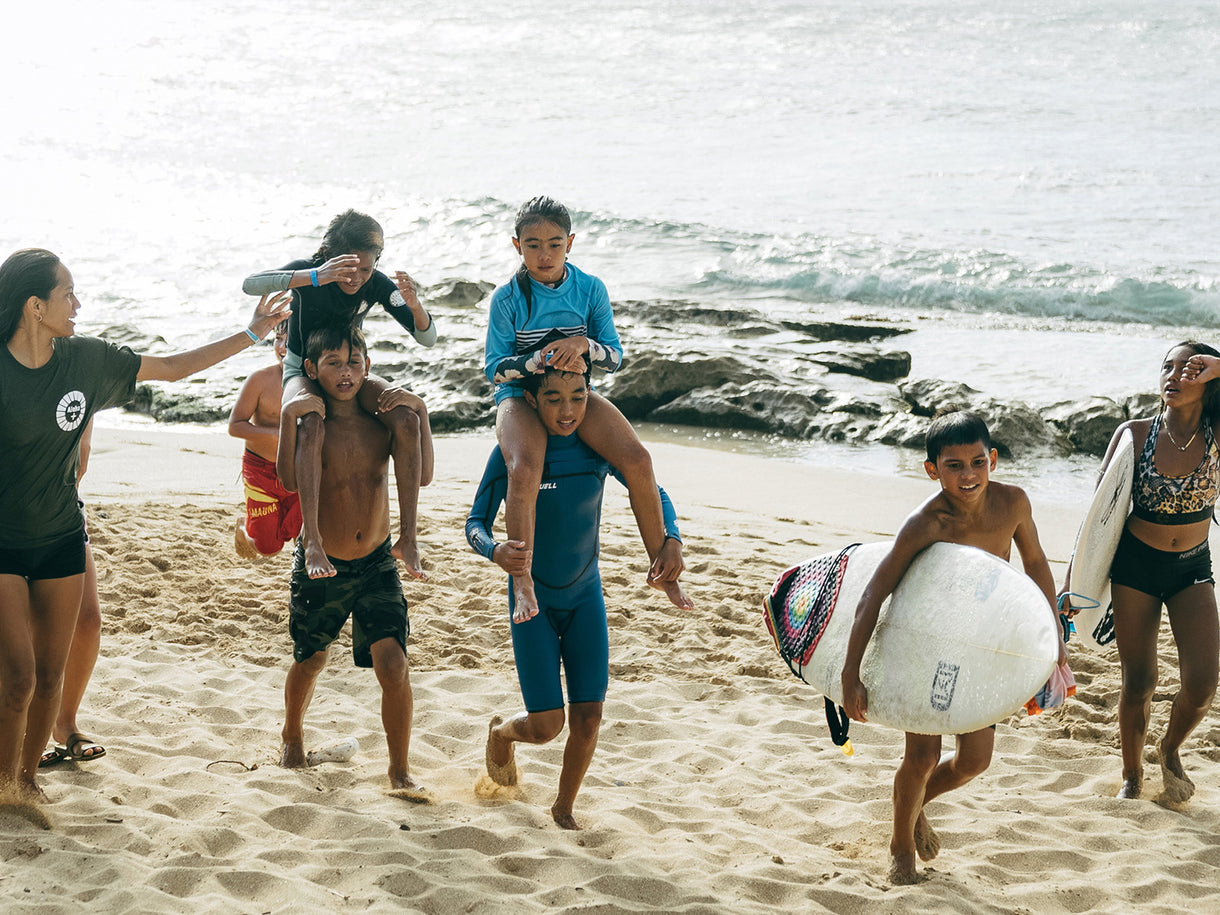
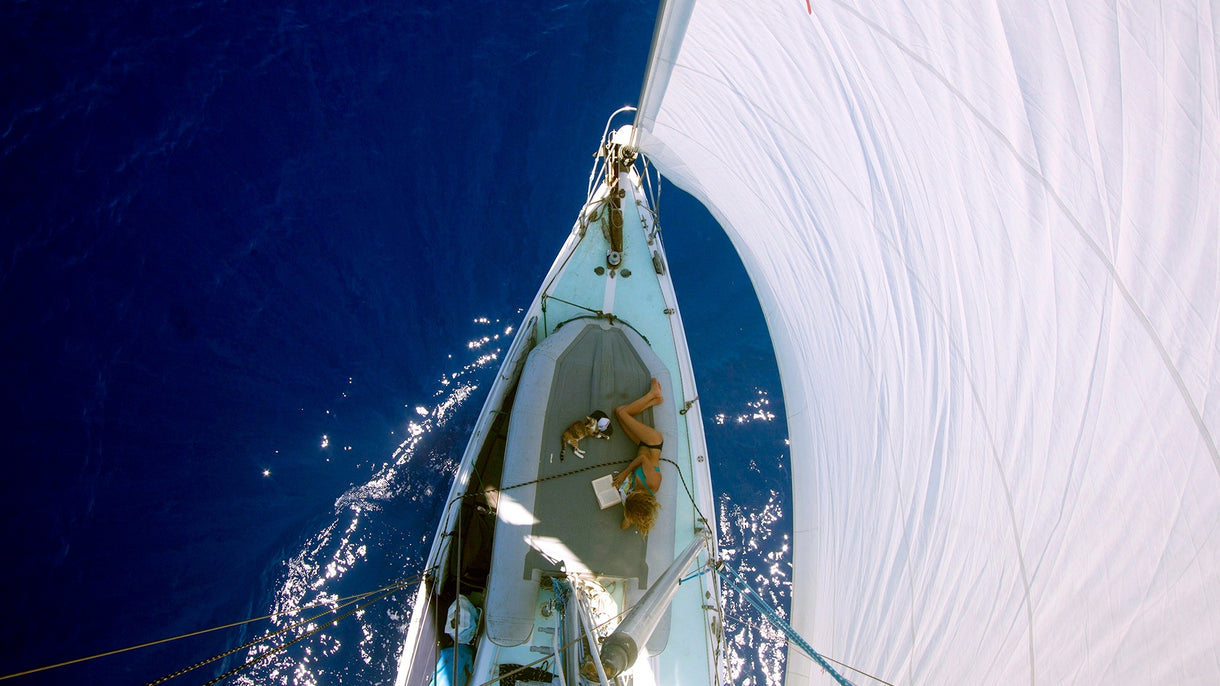
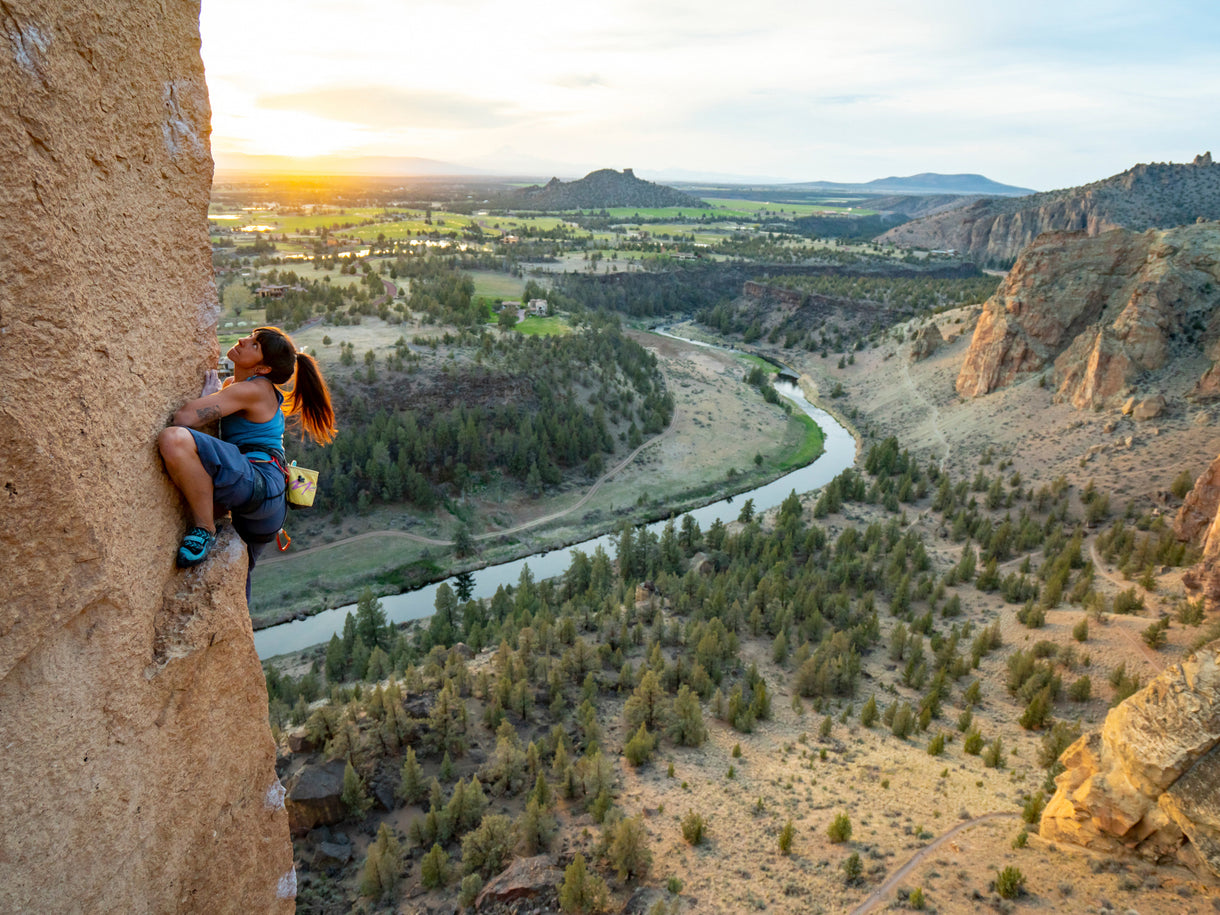
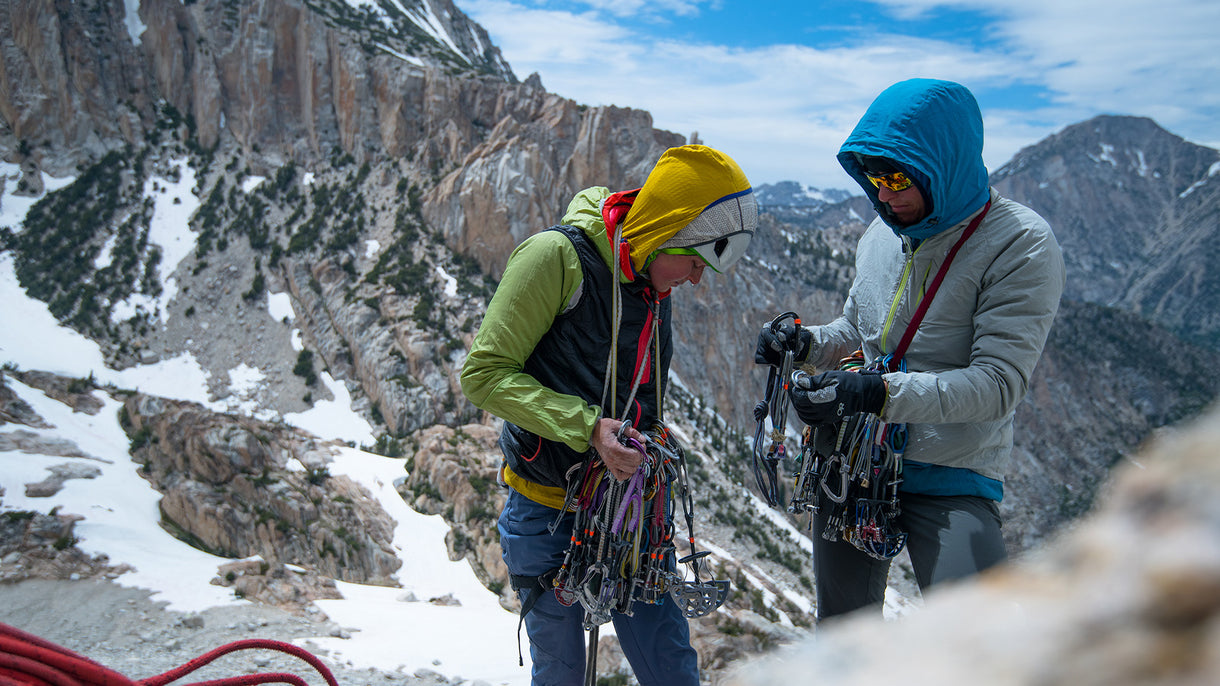
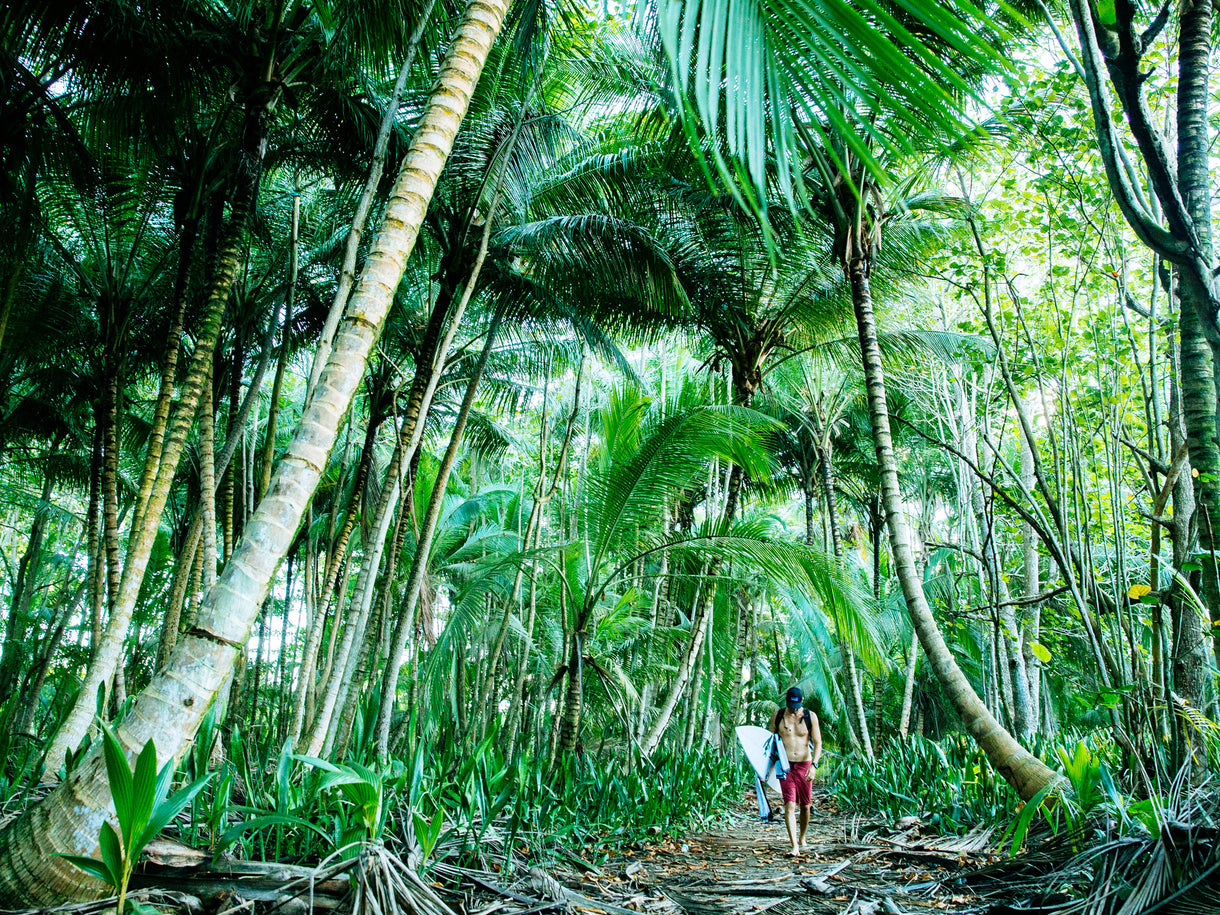
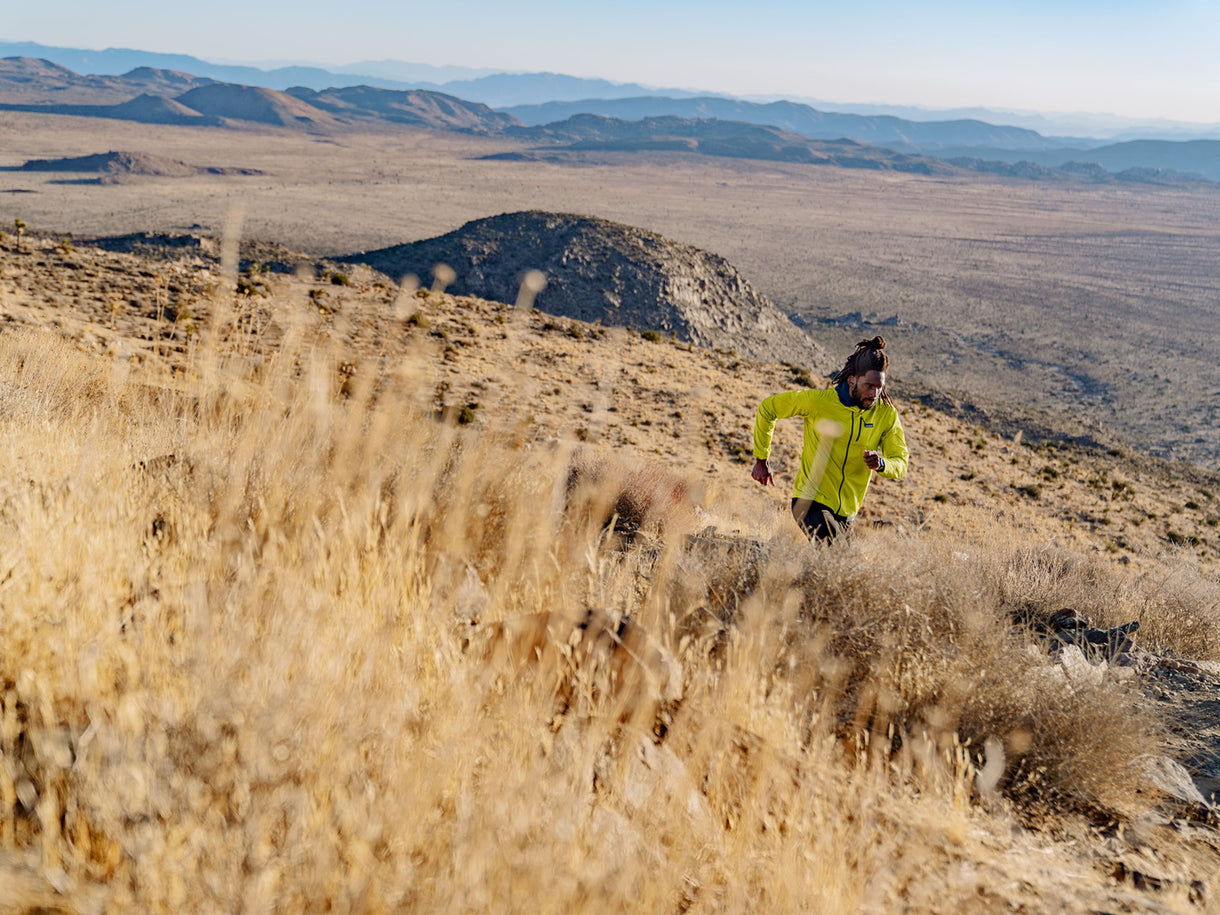
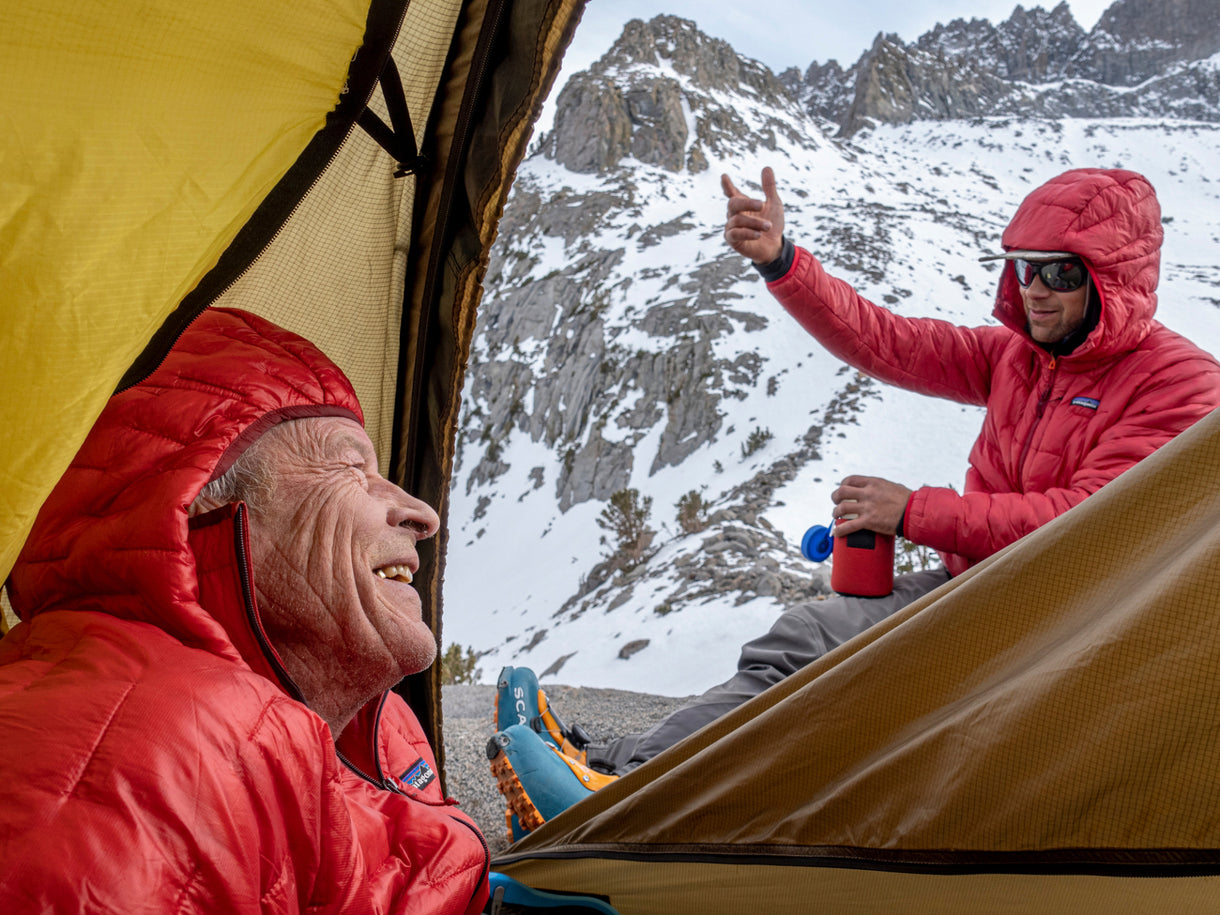
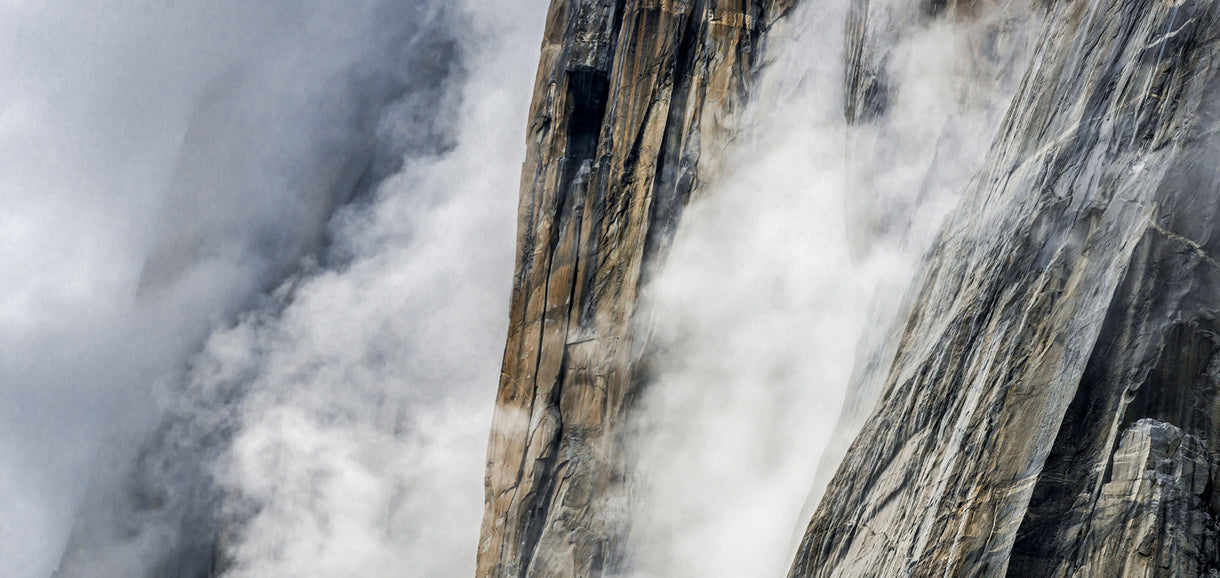
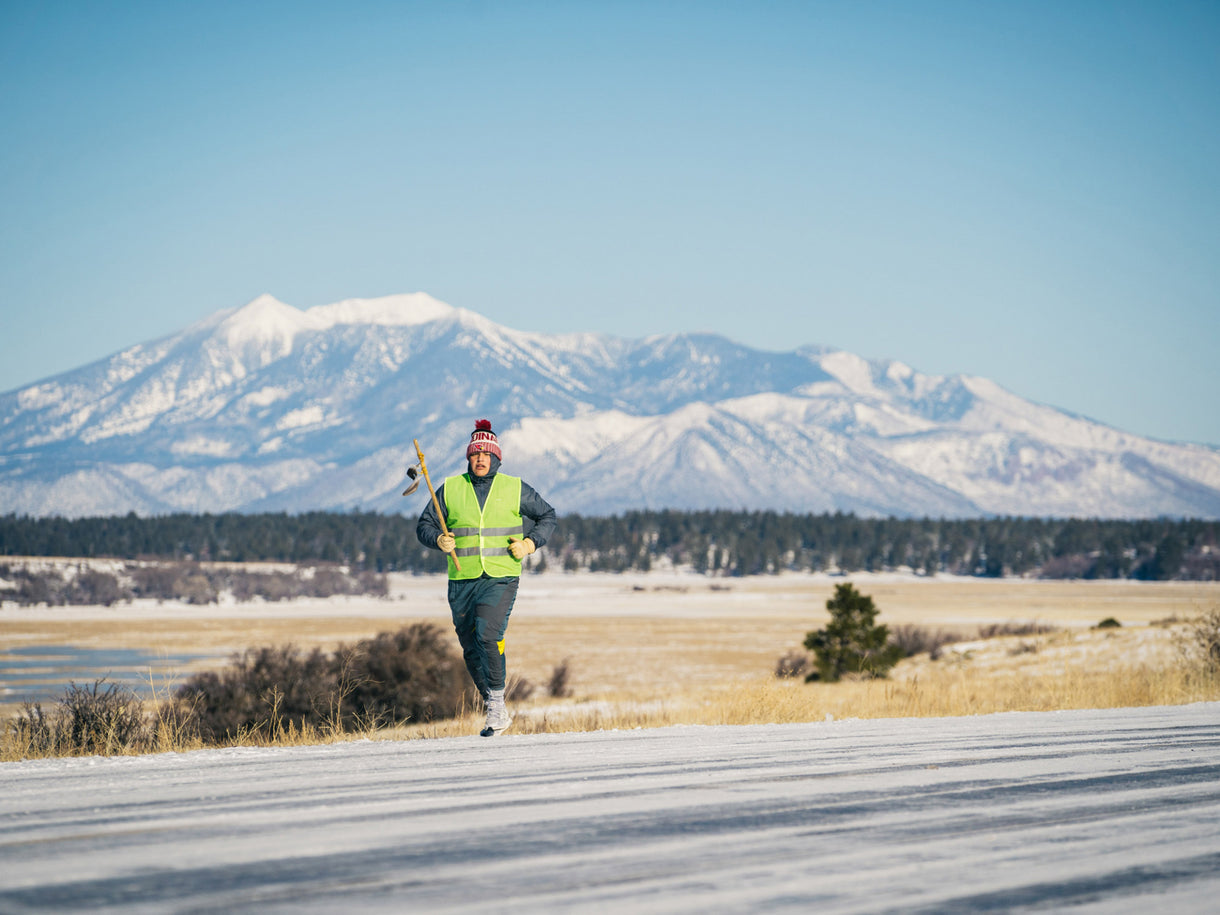
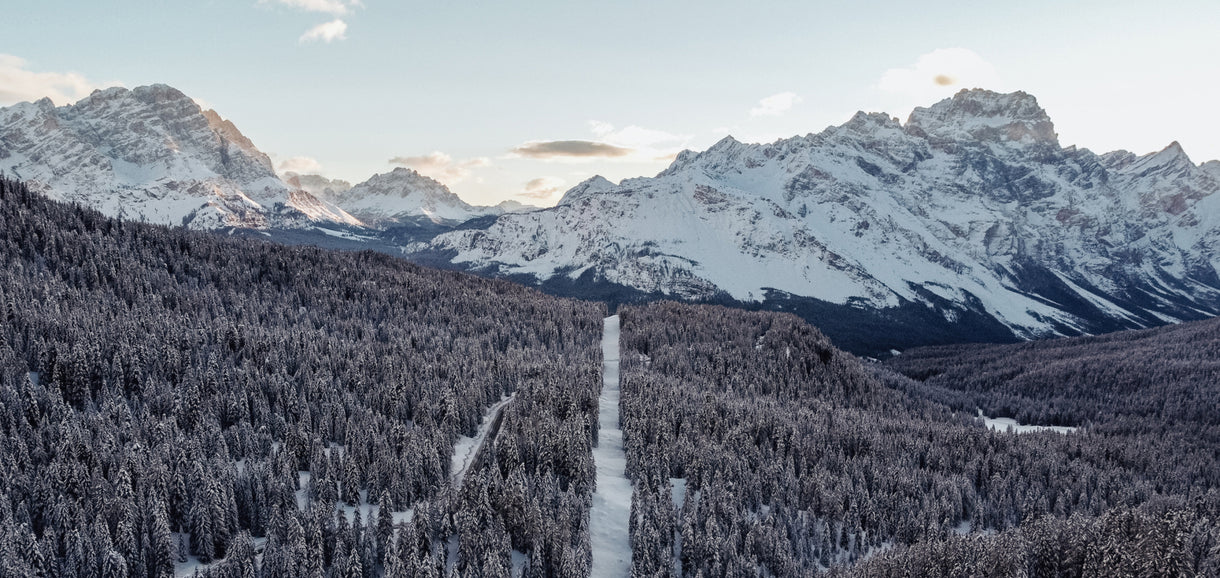
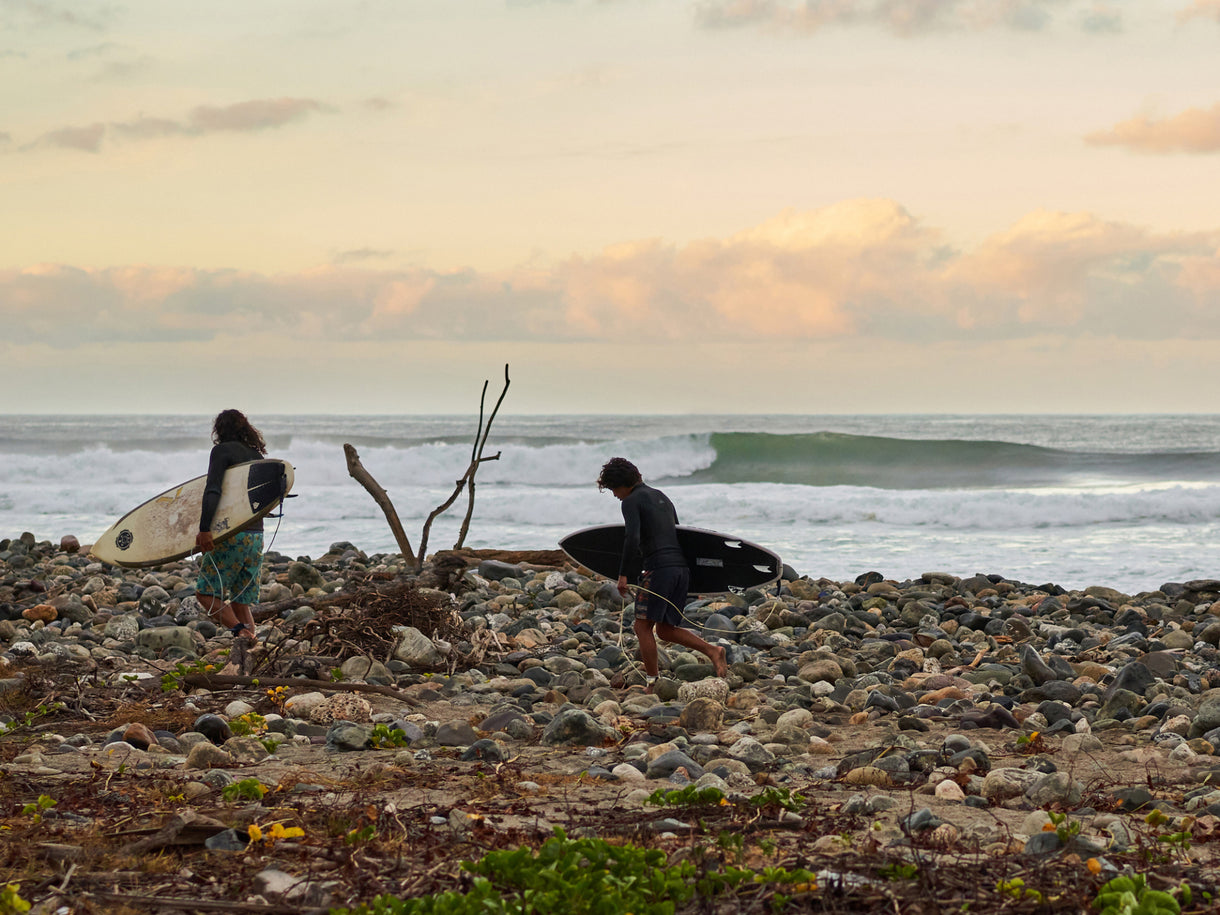
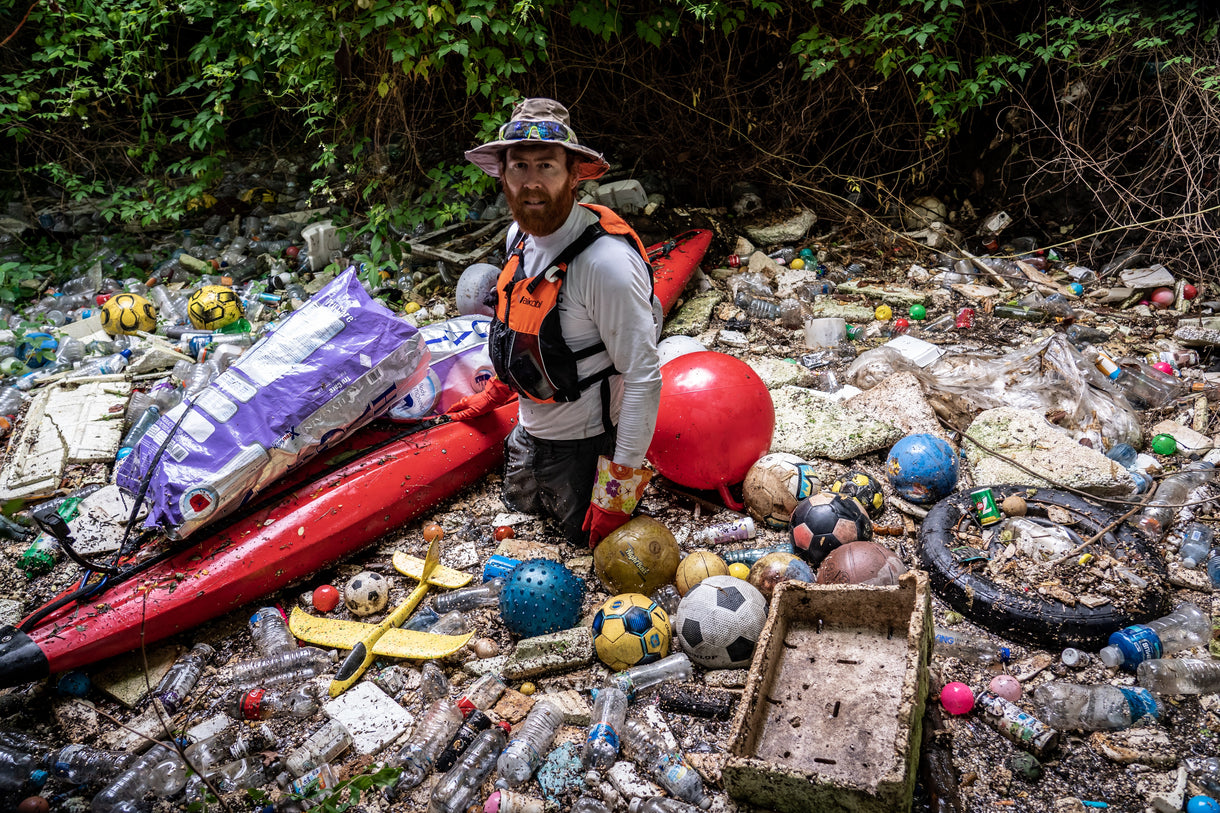


Beau is an author, YouTuber, bootleg athlete and dad.